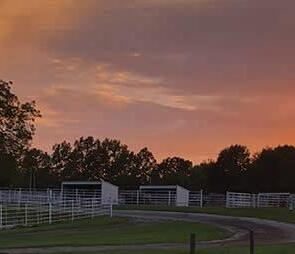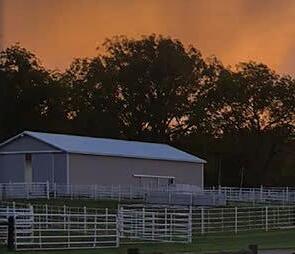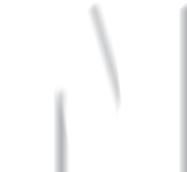

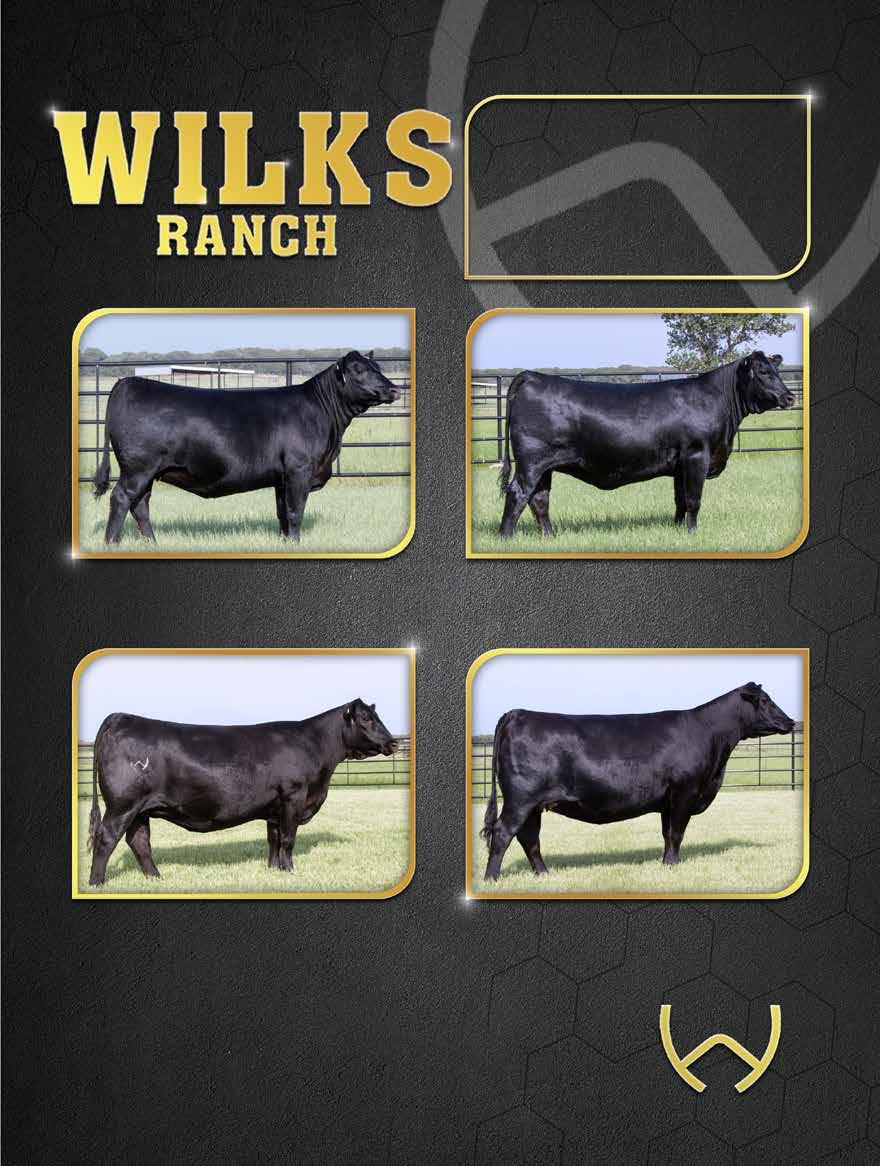

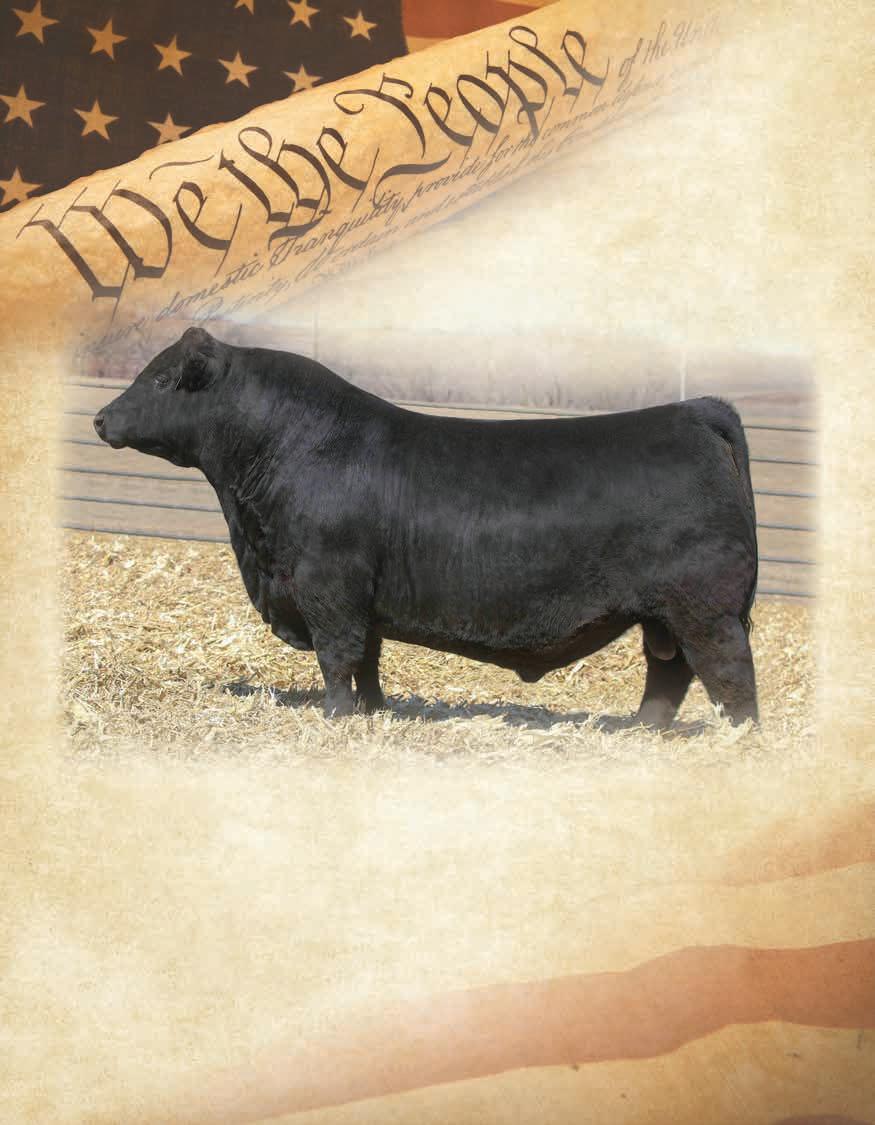
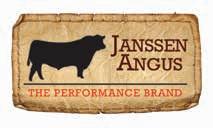











Thanks for joining us! We are a free, premier livestock publication featuring and serving seedstock and commercial beef producers nationwide. Raising cattle is so much more than a hobby; it is our livelihood and our passion. We understand that, and in every issue want you to see not only incredible cattle, but also relatable, entertaining, and informative editorial features for the producer with 5 or 500 head.
To us, you are more than reader or advertiser; you are a beef producer. We are committed to doing our best for you, every day. Please feel free to communicate with us, your input is appreciated.
BILL SCHERMER, Owner/Herd Consultant
641.425.2641 | bill@stockmanmag.com
Bill and his wife, Nancy, have made their living in the cattle industry. He has provided marketing services for purebred and commercial breeders since 1970. Schermer Angus Cattle continues to be active in the NJAA and raises quality cattle near Clarion, IA. As owner of The Stockman, Bill leads by example providing producers with the highest level of customer service.

CHERYL KEPES, Assistant Editor 417.766.0990


cheryl@stockmanmag.com
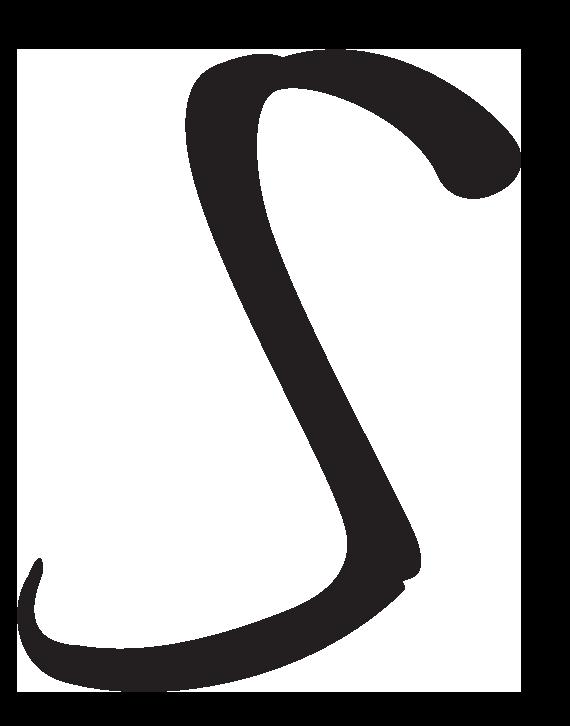
Working for The Stockman is the perfect combination of two of Cheryl’s favorite things: writing and cattle. Cheryl has decades of experience as a professional writer. She finds great joy in sharing stories about people in the agricultural industry. Cheryl’s family raises registered Angus, Red Angus, and Simmental cattle in Fair Grove, MO.
KIM BANKS, Graphics507.530.0914 kkbanks@frontiernet.net
Makayla serves as editor, graphic designer, and manager of The Stockman. Her focus and passion continues to provide high quality service and original promotional materials to cattlemen. She and her husband, Jared, raise their four kids, and together they run their family operation, JMF Herefords and SimAngus, near Morris in west central MN.

SARAH HILL, Editorial Writer 307.274.0419
sarahhill1007@yahoo.com
Kim is a graphic designer with many years of design experience. Producing creative marketing materials to help others look their best is what she loves doing the most. She and her husband, Kevin, along with their son, raise grain and have a small commercial cow/calf and feeder operation on the family farm near Lynd, MN.
Contributing Writers in this Issue
Cheryl Kepes
Sarah Hill

Justin Fruechte
Dr. Vince Collison
Kirk Lynch
Heather Smith Thomas
Sarah lives on a small hobby farm near Arlington, SD, with her husband, Braeton, and their three daughters: Harper, 8, Vayentha, 5, and Aurora, 1. She grew up on a Missouri dairy farm and has an Agricultural Journalism degree from the University of Missouri. Sarah enjoys baking, reading, and gardening.
TY BAYER
715.573.0153
tcreds@gmail.com
Ty works alongside his family in their purebred operations, Country Lane Farm and TC Reds near Ringle, WI. An advocate for youth programs and dedicated cow/calf man, he is excited to help producers merchandise their cattle.
MILES EDDY
507.841.1787
auctioneer2013@gmail.com
Miles grew up in southwest MN raising and showing cattle, and is currently residing in MO. When Miles isn’t working cattle he loves to use his auctioneer skills. He looks forward to working and meeting other producers and helping with all their advertising and marketing needs.

LORA HUTCHINS

615.293.3695
loralea1172@gmail.com
Lora owns and operates Destiny Angus Farm with husband Brian and daughter Morgan in Charleston, IL. They have raised and shown cattle successfully on the national level for several years. They also have owned a production herd with as many as 200 registered cows.

STEVE WOLFF
701.710.1574
swolff318@yahoo.com
Steve is a third generation Hereford breeder - his family has been raising Herefords since 1951. He offers bulls by private treaty every year and has a heifer sale every fall. Steve also enjoys traveling to sales and shows whenever possible and likes camping as well.
CORBIN COWLES
270.991.2534
corbin.cowles32@gmail.com
Corbin is an apprentice auctioneer and real estate professional for Schrader Real Estate and Auction company. He also helps run his family’s Angus and Simmental seedstock operation, Pleasant Hill Farms. Judging shows across the country and traveling are a couple hobbies of his as well!




JAN FORD
800.693.8048
jford.17879@aol.com
With her passion for agriculture, Jan brings over 35+ years of advertising sales experience in the beef industry. She and her late husband Norm had a commercial Angus cow herd and grain operation near Tipton, IA, which her sons still manage today.

BRIGHAM STEWART / MEGAN COLLISON
785.747.8028
megancollisondvm@gmail.com
Brigham works alongside his parents at Mid Continent Farms, their large, multi-breed cow/calf operation in Kansas. Megan graduated from ISU as a DVM in the spring of 2021 and is a big part of her family’s Angus herd and Veterinary Clinic in Iowa.
BRANDON CREAMER
970.596.4965
creamer b 150@hotmail.com
Brandon owns Lazy JB Angus with his parents and sister in Montrose, CO. Raised in the cattle industry, he has a true passion for it and loves marketing quality cattle throughout the US.

RON HINRICHSEN
785.770.0222
rlangus@bluevalley.net
For the past 30 years, Ron, his wife, Lynne, and their two children have owned and operated Hinrichsen Ranch, a registered Angus ranch in Westmoreland, KS. He has an extensive background in the agricultural industry and is excited to put it to work for each of his customers.
MARK SULLIVAN
816.304.0050
marksullivancattle@gmail.com
Mark Sullivan is a familiar face to many having worked for Sullivan Supply for many years. Mark brings many years of experience to The Stockman. Mark and his wife, Linda, and two children, Erin and Leo, live in Woodbine, Iowa, and have a small herd of Charolais cattle.

Nowatzke Cattle produces performance and show cattle that rank at the top of their breed. 36


A QUARTER HORSE DREAM TEAM
The Weaver Family has nearly four decades of experience with Quarter Horses, focusing on solid broodmares. 56


84
Company creates all-natural product designed to ease animals through life’s stress points.
A HISTORY OF CHIANINA IN THE U.S. Carcass superiority. Part 3 of a multi-part series.
Education 48 | HEDGING YOUR BET WITH A RESILIENT SYSTEM with Justin Fruechte of Millborn Seeds

courtesy University of NE - Lincoln
68 | THE ABC’s OF EMBRYO RECORD KEEPING with Dr. Vince Collison, Collison Veterinary Services
76 | FEATURING A BAR RANCH in the kitchen with Martha Armitage of Claremore, Okla.
92
MARKET HOLDS STRONG with Kirk Lynch, Humeston Livestock Exchange
Q&A with Cory Schrag of Marion, S.D.
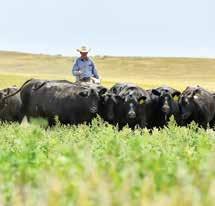
Our oldest daughter wanted to take on the 4-H horse project for the first time this year, and although my husband and I are both 4-H alumni, we have zero experience with that, so we asked our neighbor girl if she was willing to help out. Grace has shown horses in 4-H for years and this year was her last. She could have easily told us ‘no’ - her summer was full the way it was. But she didn’t - and she completely took Jaelyn under her wing, giving weekly lessons, borrowing out her equipment and trailer, and even taking the time to bring Jaelyn to horse shows. What a selfless act! This is what I love about 4-H. These are the type of people that our kids get to interact with in the 4-H program, and we feel so fortunate because of it. Youth aren’t just learning project-specific skills, they’re learning life lessons and embedding a positive demeanor that will benefit them for the rest of their lives.
The 4-H horse show results were pretty special. It was Jaelyn’s first year with the horse project and Grace’s last, and they each won the high point award at the show - Jaelyn for Junior and Grace for Senior! How rewarding and inspiring. I know they will cherish these memories for the rest of their lives. But more important than memories, 4-H youth discover the desire to give back, and that will guide them to lead a fulfilling, meaningful, and successful life.

Now that county fairs are over, we are jumping right into the fall season. It’s my favorite! Check out all the fall sales happening in the upcoming weeks, and don’t miss our feature stories inside these pages. We hope you’ll enjoy this issue!
full page $800
half page $450
third page $350
reference card $80

double card $300
ring service call for a quote
This goggle-eyed, red-necked son of Genesis has elite performance numbers and carcass value that put him in the top 3% for WW, 2% for YW, 1% for CW, 10% for Marbling and 1% for $CHB.
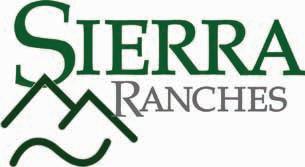
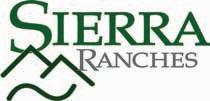

This stout-made, powerful bull has top calving-ease and carcass value. He ranks in the top 12% for CED, 10% for BW, 1% for SC, 6% for Udder, 2% for Marbling, 5% for $BMI, 4% for $BII and 19% for $CHB.
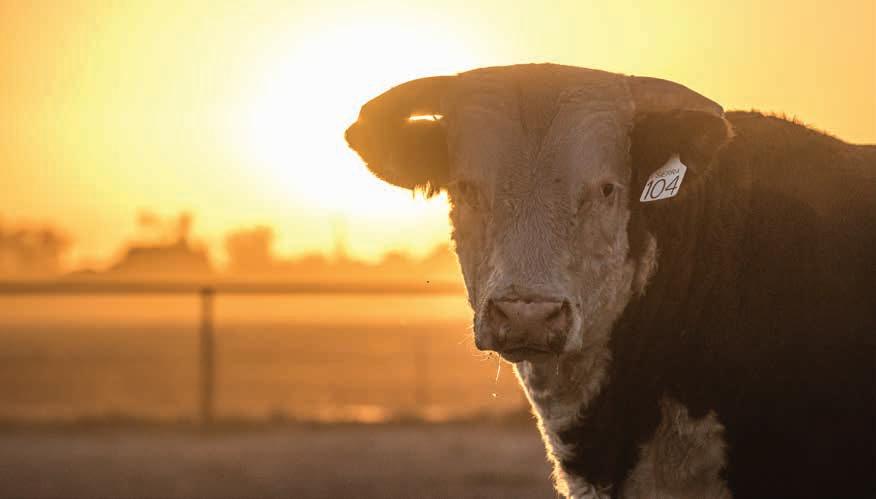

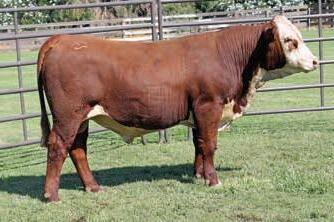
Westmoreland, KS
Ron Hinrichsen 785-770-0222
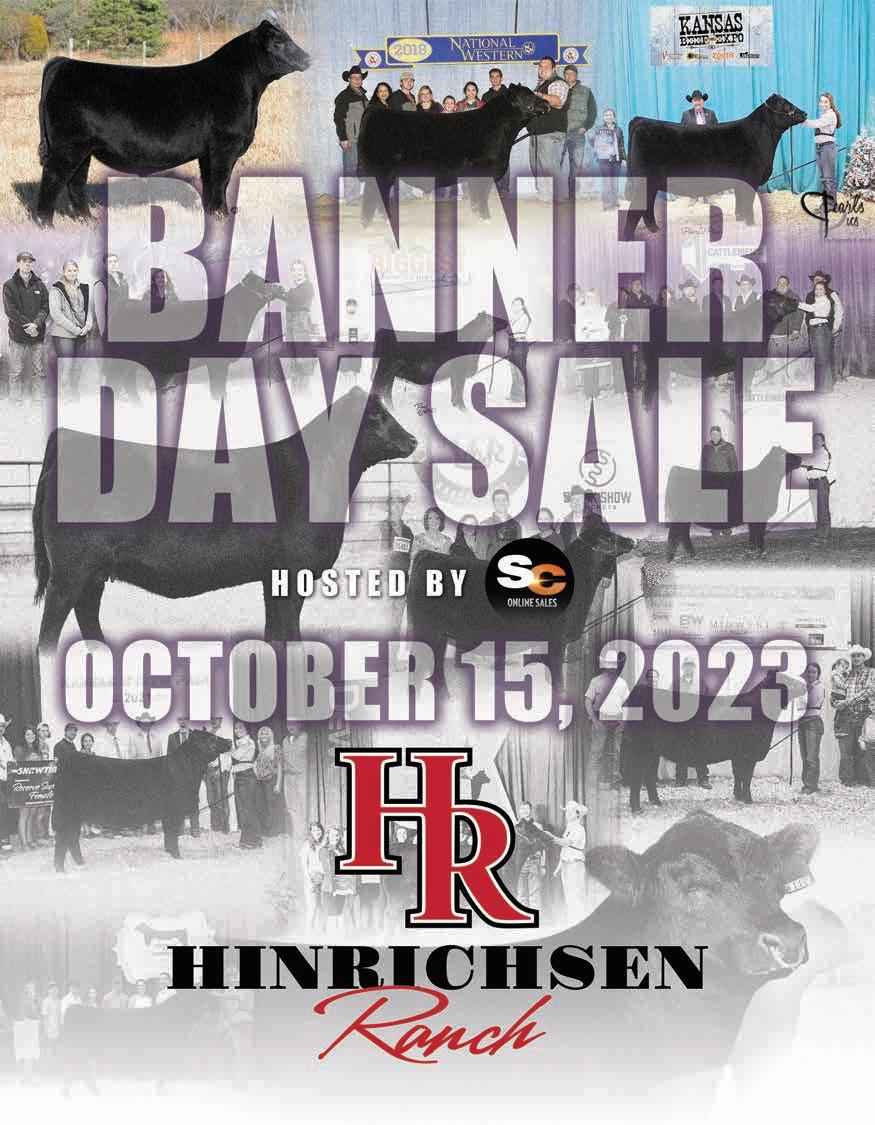
Lynne Hinrichsen 785-770-0014
785-477-9090




THIS PROVEN DONOR SELLS! FIRESTORM X AFRICAN QUEEN
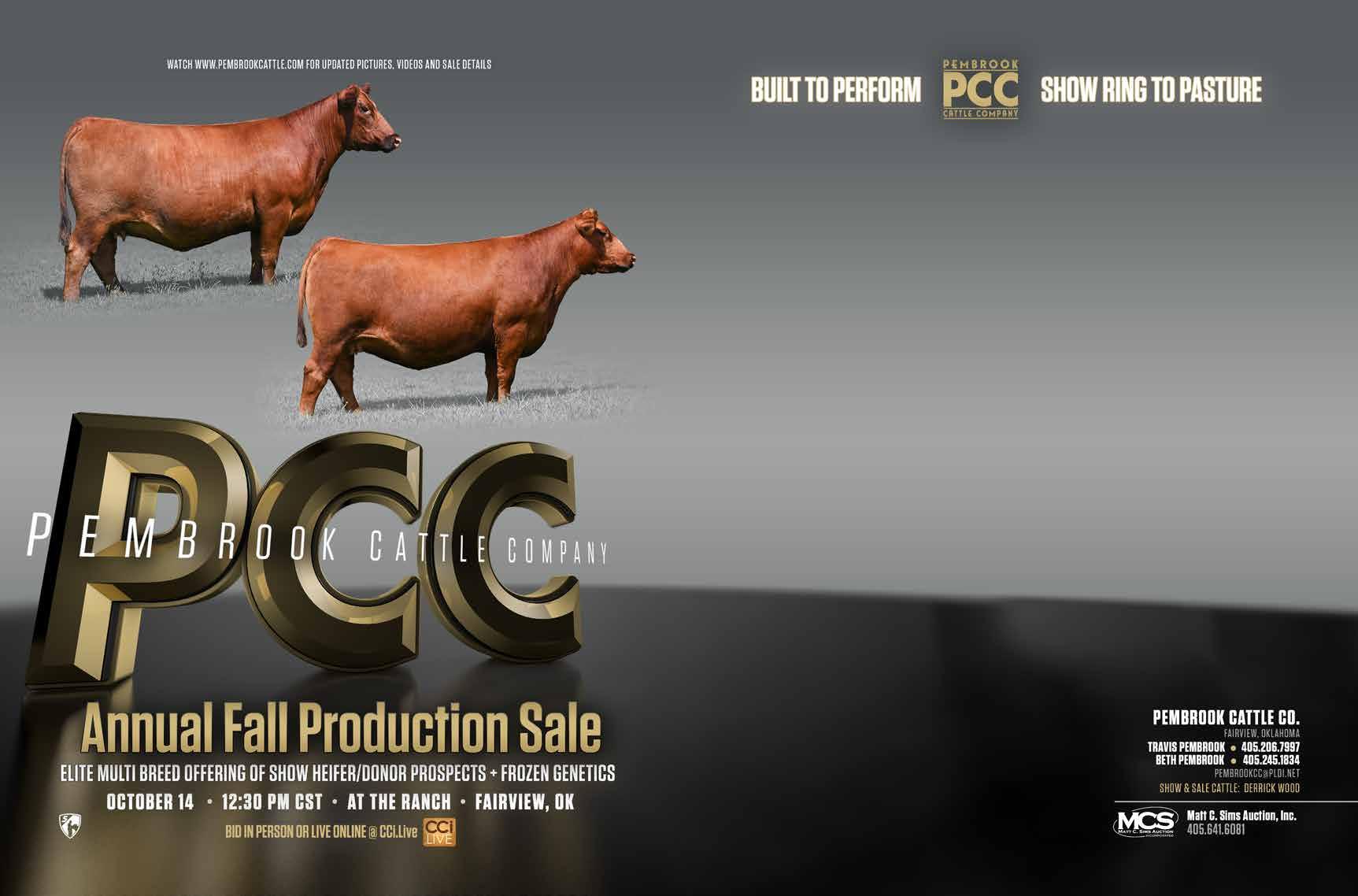
SWAY
FIRESTORM X 112Y LAKOTA
THIS PROVEN DONOR SELLS!

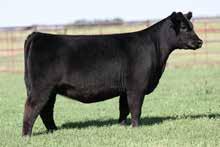
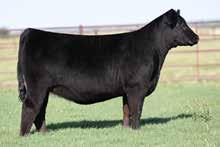
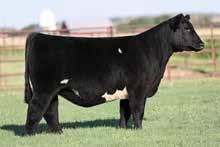
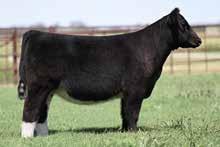
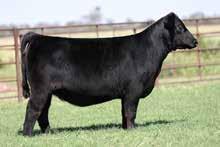
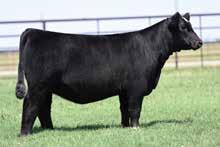
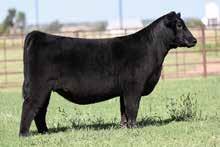

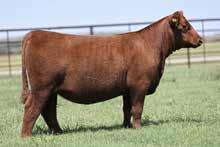
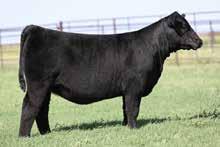
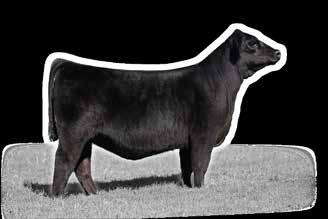
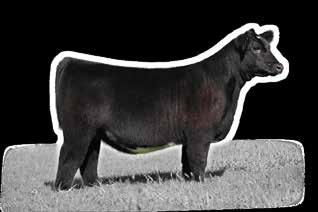

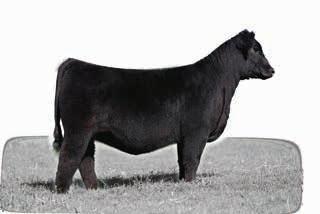 ANGUS STYLE X EVENING TINGE 430
HIGH CHI STYLE X WDM X 041Y
% SIMMENTAL/CHI BERWICK X PRIMO X 4303
CHI FORBES X WHO DA MAN (RAPTOR)
RED ANGUS SILENT MAJORITY X ROJAS VALENTINA (SASSY RED ANGUS RED DIAMOND WICKED X ROJAS VALENTINA (SASSY
ANGUS FORBES X SARAS DREAM
HIGH CHI PRIMO X WHO DA MAN X 4303
PUREBRED SIMMENTAL RECKONING X MARY
ANGUS STYLE X EVENING TINGE 430
HIGH CHI STYLE X WDM X 041Y
% SIMMENTAL/CHI BERWICK X PRIMO X 4303
CHI FORBES X WHO DA MAN (RAPTOR)
RED ANGUS SILENT MAJORITY X ROJAS VALENTINA (SASSY RED ANGUS RED DIAMOND WICKED X ROJAS VALENTINA (SASSY
ANGUS FORBES X SARAS DREAM
HIGH CHI PRIMO X WHO DA MAN X 4303
PUREBRED SIMMENTAL RECKONING X MARY
Barry Nowatzke’s rise to prominence in the cattle industry and show circuit started quite literally at the bottom of a county fair class. “I always tell the story I showed a Shorthorn steer my father raised at our county fair two years in a row,” Barry Nowatzke recalled with a laugh. “That shows you the quality that we didn’t have. The first year my steer weighed 850 pounds and the second year I think he weighed 1,175 pounds. That tells you what I started with.”


Today Barry owns and operates Nowatzke Cattle along with his wife, Kristine, and sons Austin and Kayden. They run their Angus show and performance cattle operation on Barry’s childhood farm in Michigan City, Ind. Nowatzke Cattle produces national champion show cattle, ac complishing feats old timers consider show ring history.

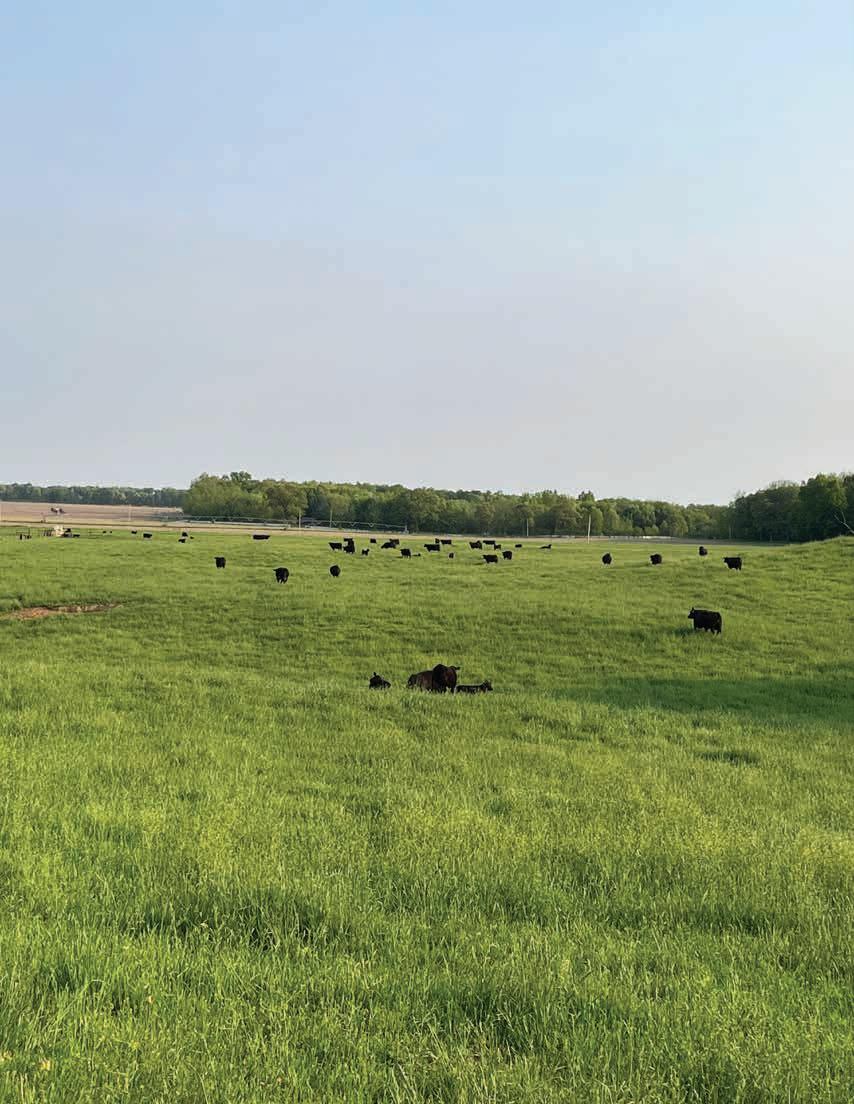 Nowatzke Cattle produces performance and show cattle that rank at the top of their breed.
By Cheryl Kepes
photos courtesy Barry Nowatzke
Nowatzke Cattle produces performance and show cattle that rank at the top of their breed.
By Cheryl Kepes
photos courtesy Barry Nowatzke
Though it may have been a slow start for the teenage Barry Nowatzke, the climb to the top was quite swift. Shortly after graduating high school, Barry traveled the country clipping cattle at production sales. The money he earned he invested in buying and selling show steers.

In a few years’ time, Barry went from exhibiting the same steer two years in a row at the county fair to working with partners to win grand champion honors at national steer
shows. “We had a run at Louisville where we sold the champion steer at Louisville six times in a row. It was one of those things that we won it once, then we won it again, and we thought we will never do that again,” Barry shared. “It was a string of six years that we had the grand steer in Louisville that we had sold. It was a neat thing I was involved in. And it was a springboard to get us to the level we are at today.”
Nowatzke Cattle has made a lasting imprint on the club calf industry. Barry raised, bought, and sold several females that rose to the top in other producers’ operations. Barry sold a bred heifer to Tracy Goretska with Goretska Show Steers that developed into the wellknown foundation female Goretska “Donor 805”.
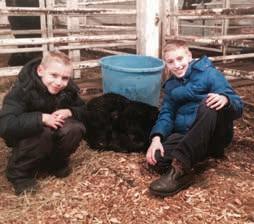
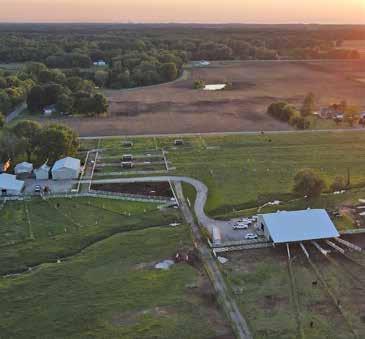

Barry raised and sold the fe -
male that would become the dam of Rodgers Cattle Company’s popular
bull named Walks Alone. The Nowatzkes sold another influential animal in the club calf business, Reimann 275, to Reimann Ranch. These females and many others sold by the Nowatzkes went on to produce show ring champions and money-making progeny for their new owners.

The springboard of success in the club calf business landed Barry in the registered Maine-Anjou business. He invested his earnings from the show steer operation to build a Maine-Anjou herd. Though he had garnered much success on the steer circuit, Barry was ready for a different challenge.
Barry decided to take the plunge into the registered cattle business to pursue his desire to raise structurally sound cattle. “When you would take your culled steers to the local sale barn, you would sell them for less money than a commercial calf was bringing that my neighbor raised. And to me that was just not
the kind of cattle I wanted to raise,” Barry stated. “So, we made that transformation into the Maines and then we started showing them.”
The Nowatzkes purchased a foundation female for their herd from Hartman Cattle Company. That heifer won Maine-Anjou junior nationals and the National Western Stock Show (NWSS). Nowatzke Cattle’s registered Maine-Anjou herd flourished, and the show ring wins kept coming. “In the Maine-Anjou days we would have won Louisville, Denver, Fort Worth, Kansas City, and we won the junior nationals. I don’t think there was a major in the Maines that we didn’t win,” Barry said.
In addition, Nowatzke Cattle produced several impactful Maine-Anjou bulls including X and X2, along with an X2 son, Data Bank. At one point Data Bank led the Maine-Anjou breed in registrations and sired many show ring champions.

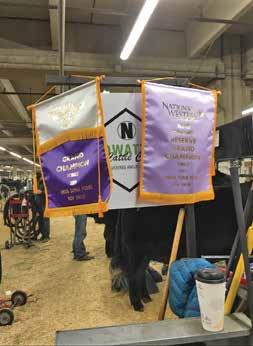
Barry partnered with other cattlemen on high-end Maine-Anjou cattle to build a solid foundation for the herd. Once again, the Nowatzkes were in the midst of much success with their operation, but after a decade in the Maine-Anjou business the family decided to switch gears.


When Austin was old enough to start showing, the Nowatzkes decided to add Angus to the operation to avoid competing against their Maine-Anjou customers in the show ring. “I really liked the Angus females at the time, and we started buying Angus show heifers. Ultimately, I just really liked the cattle and what the breed had to offer and with our space and only being able to run so many cows, as that Angus herd grew, we didn’t have room for the Maine-Anjous,” Barry explained.
Much like his previous endeavors, the Angus operation shot to the top of the industry. The Nowatzkes’ Angus show career started off strong with females winning numerous national shows. But then, Austin and Kayden, accomplished what was unthinkable in some circles. In 2014, they won grand and reserve female with their heifers at the North American International Livestock Exposition (NAILE) in Louisville. The Nowatzke brothers accomplished the same feat five years later at the NWSS in Denver. It’s an achievement some say has never been attained, especially not twice by the same family at two different national shows.



And just when they thought there were no other records to break, the brothers each showed a bull at the 2023 National Junior Angus Show. “This year at the junior nationals we took two bulls, and they are brothers to Dignity and out of our 5116 cow (CCC Sara’s Dream 5116) that won junior nationals and those two bulls were grand and reserve at the Angus junior nationals. A lot of people said they don’t think that has ever been done, two brothers grand and reserve in the bull show,” Barry said.
Regardless of whether their show career successes were history making, the Nowatzkes say they consider the achievements an honor and are humbled by the support and encouragement their family has received through the years from other people in the cattle industry.
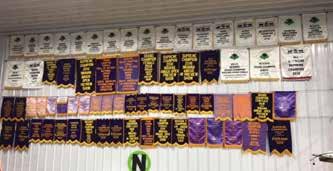
Barry attributes the success to a variety of factors. First, the long line of cattle partners and others who have contributed to Nowatzke Cattle’s operation through the years. Secondly, his attention to detail that stems back to his days clipping cattle. “I take that same philosophy from the start of clipping all the way through today. I watch other programs. I watch the bulls they use. I watch the ones that work. I watch the ones that don’t work,” Barry stated. “Focusing on details and going that extra step to pay attention to others who are successful and try to take as much as we can from that

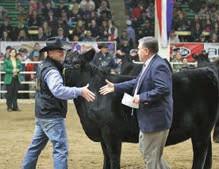

and incorporate it into what we are doing at that particular time.”

Lastly, Nowatzke Cattle’s success derives from Barry’s ultra-critical evaluation of his cattle. Through the years he’s kept a keen ear to judges’ comments and to pioneers in the industry. Barry identifies the faults in his cattle and then devises management strategies to rectify the problems. Whether it’s through feeding, breeding, clipping, feet trimming, or something else he finds strategies to help cattle be their best. “You just have to correct and always try to make them better or the best you can with what you have. I think that has helped us get to the level we are at,” Barry explained.
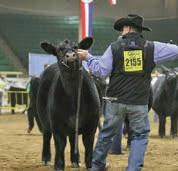
The Nowatzke family is equally as passionate about producing performance cattle. Their efforts to develop bulls and females with industry leading EPD profiles drives their operation as strongly as the show cattle side. The family prides itself in developing quality performance cattle that are among the best in the business.
Nowatzke Cattle’s fall production sale typically includes 40 to 45 performance females, 35 show bred females, and a performance bull.
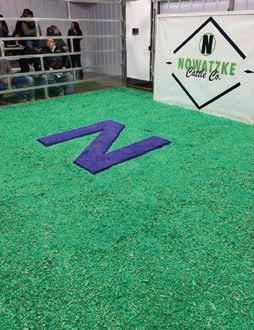
Their performance bulls are sold in Oklahoma City or Denver and at Express Ranches or Griswold Cattle’s bull sales. The Nowatzkes also host a couple of embryo sales a year and an online show heifer sale in December.
The Nowatzkes manage all their cattle on 300 owned acres and 1,000 leased acres. The cattle graze on 400 acres. The family produces much of its own feed for the herd. They make 200 to 300 acres of hay. They also raise corn for corn silage and millet to chop and bag.


They calve most of their performance cattle in the fall, from mid-August through December. The show breds calve January through May, with a few performance cows calving during that timeframe as well. “We have a big window when we are calving. We are either calving or putting eggs in 12 months out of the year – it is crazy,” Barry said.
Barry attributes much of the success on the performance side of operation to Nowatzke Cattle Company’s joint venture with Keith Lambright of Maple Lane Farm. Together the two operations keep the performance cattle operation at the forefront of the industry.

The operation utilizes conventional flushing and IVF. The cow herd consists of 150 registered Angus cows and 150 recipient cows. Every year the Nowatzkes have as many as 30 donor cows for their show and performance programs. Their customers interested in performance cattle want different genetics than their show cattle clients. Thus, the Nowatzkes maintain a variety of bloodlines and pedigrees.
To stay ahead on the performance side, rarely do they use the same bull from one year to the next. The push to stay at the top of the numbers game is fast moving and ever changing. However, on the show cattle side many of the industry leaders are related to the same handful of bulls and cow families. “There are three bulls in the Angus show world that everything goes back to, so we are in desperate need of an outcross bull that can raise show cattle and we don’t have him. I have started to breed some of my performance cows to different bulls in an attempt to raise an outcross bull that will work for the show ring,” Barry shared.
The need for an outcross bull in the Angus show world coupled with Barry’s desire to bridge the gap between his performance and show programs serves as the impetus for his future goals. “I have this vision and I don’t know if it is achievable or not, some of the longtime breeders say, ‘No’. But coming from a show background I am trying to make those big EPD numbered cattle as good phenotypically as possible and hopefully some day we can take one that the EPD guys want to buy and throw a halter on her and go show against the show heifers and try to beat them,” Barry said. “It’s a vision I have. I don’t know if it is achievable, but we are going to try.”

Barry has a long history of stepping outside his comfort zone to try to accomplish something that’s never been achieved before in the cattle industry. And with his established track record – the odds of success look pretty darn good.

Category 23 - Editorial
‘Educating, Motivating, Inspiring’ by Cheryl Kepes

December 2022
SECOND PLACE
Category 29 - 4-Color Full Page Ad Design
Top Shelf Bull Promotion by Kim Banks

November 2022
FIRST PLACE
Category 34 - Two-Page Ad Design
Mid-American Stock Show by Kim Banks
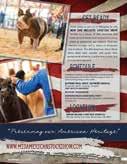

August 2022
SECOND PLACE
Category 34 - Two-Page Ad Design

High Ridge Semen Sales Promotion by Kim Banks


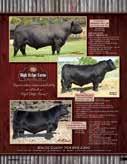
January 2022
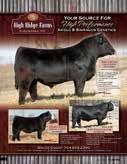

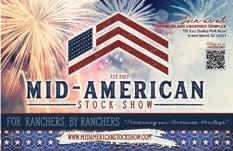


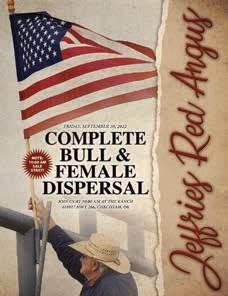

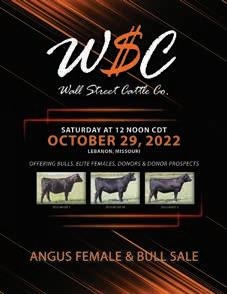








Put a big dent in resistant fly populations with a fall application of BRUTE® .
Studies show that the best way to stop resistant flies from attacking your cattle next spring is to hit them with an application of BRUTE® Pour-on for Cattle this fall. BRUTE® controls horn flies, face flies and other biting flies, as well as Gulf Coast ticks and lice.
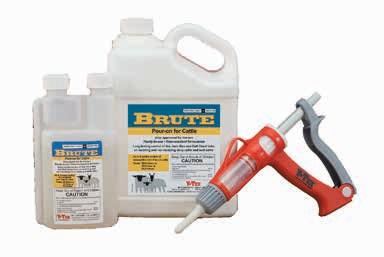
So make sure resistant flies don’t come back to haunt your herd next spring by treating your cattle with BRUTE® this fall.
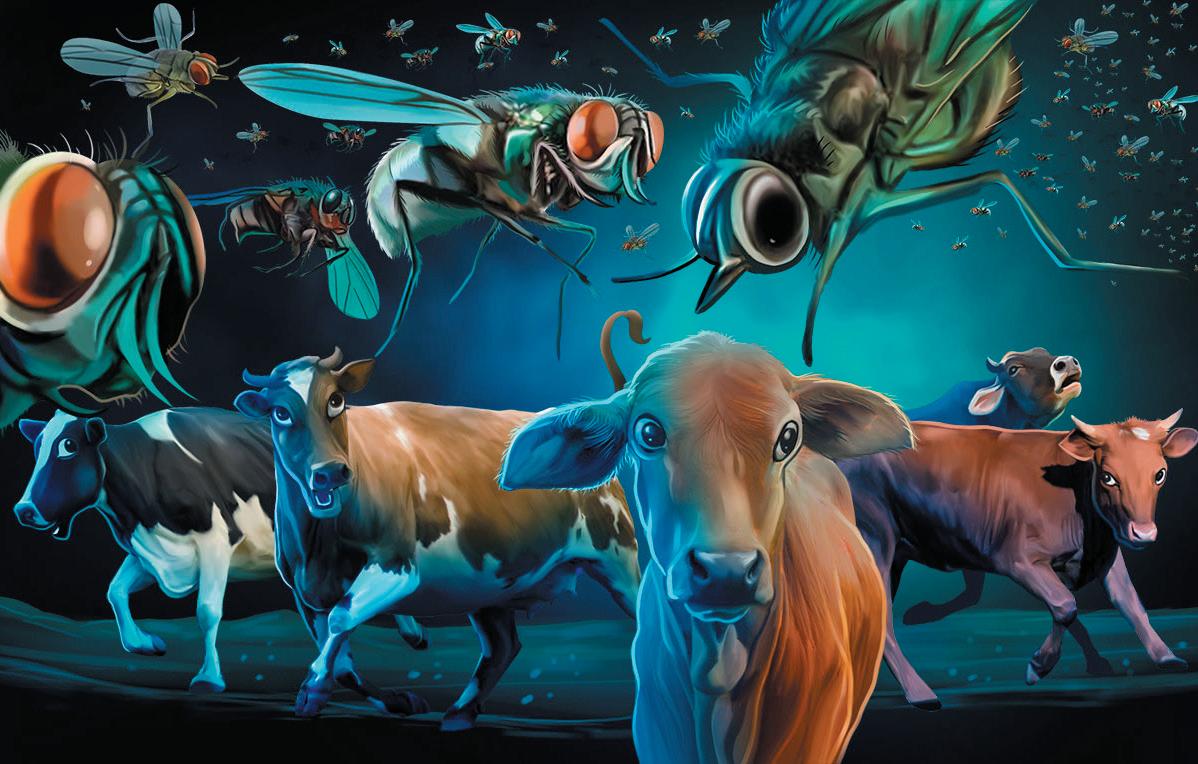
Don’t let resistant flies come back to haunt your cattle next spring.

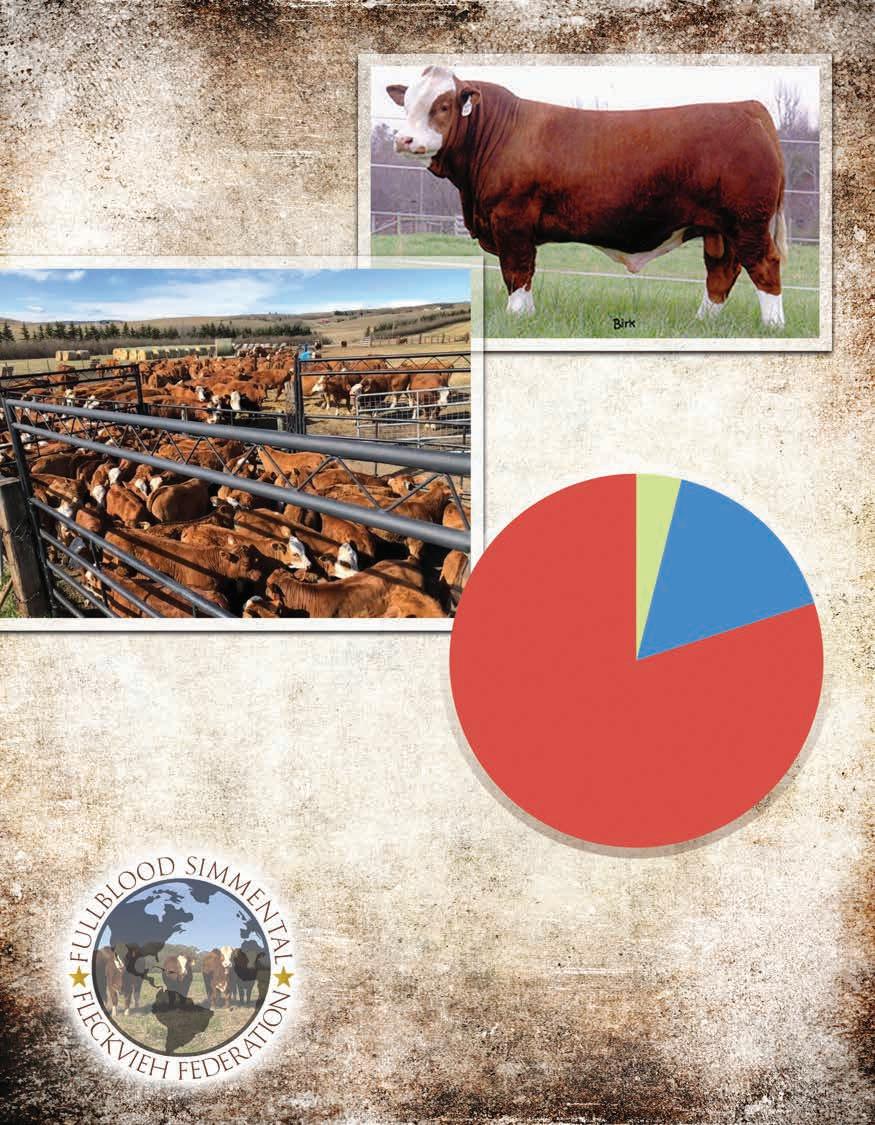

University research you can use.

This fall as pastures continue to recover from drought in previous years, some producers who traditionally pasture their cattle are considering feeding cow-calf pairs in confinement. Drylotting can be a feasible way to allow pasture recovery, while feeding grain, forage, and crop stover to pairs. A few of the many advantages of a drylot system include closer observation of the herd, low weaning stress, and providing opportunity to bunk break calves prior to weaning.
While input costs of confined feeding of pairs is more expensive than in years past due to increased commodity prices, it provides the opportunity for producers to stockpile forage in the future. With hay prices still above $200/ton, limiting inclusion amounts in diets is economical. However, in order to keep a healthy rumen, forage inclusion should be at least 0.5% of the cow’s weight on a dry matter basis.
When developing rations, consider using cost per unit of protein and energy to determine the most cost-effective feed. If available, corn silage produces more energy per acre than any other crop. Si-
lage mixes well with low quality forages, and it can help to limit the needed inclusion of low-quality hay, which can help to prevent ruminal impaction. Low level grain inclusion can also decrease cost per unit of energy.
Knowing the quality of your feedstuffs is an important part of feeding cattle in a drylot. It is recommended to test your feed as a total mixed ration, but more importantly testing forages prior to the feeding period.
This allows nutritionists/producers the ability to develop rations that properly meet the nutrient requirements of the animal, and not exceed them, wasting resources.
To further reduce wasting of feed resources, drylots provide the option to limit feed, by reducing intake while still meeting nutritional requirements. Limit feeding should be fed at least 1.75% of body weight, otherwise cows will exhibit irritable disposition from lack of fill. This
can be mitigated further by feeding long stem hay, which promotes rumination, keeping the cattle more content and reducing behaviors like fence chewing.
If properly managed, confined feeding herd health is comparable to pasture scenarios. Cattle should be lotted into pens allowing 500-
800 square feet per pair. If pens are too large and dry conditions persist, the increased dust from the surface promotes a greater chance of pneumonia for calves. When planning to drylot cows, allow for 28-36 inches of bunk space per pair.
It is ideal to separate cows based on nutrient requirements. Younger cows and first calf heifers have greater energy and protein requirements, whereas mature cows in good condition require less energy relevant to their body weight. If feeding everything in one pen is the only option a producer has, maximizing bunk space per head is highly recommended to allow smaller, more timid cattle a spot at the bunk.
For more information on Nebraska Beef Extension or drylotting cows, call (402) 624-8007 or visit www.bigredbeeftalk.unl.edu.
Courtesy University of NE - Lincoln, UNL Beef
Interviews with the authors of BeefWatch newsletter articles become available throughout the month of publication and are accessible at: www.go.unl.edu/podcast.
1. Feeding whole corn works better than rolled corn when daily forage intake is at 0.5% of body weight
2. Mineral can be either mixed into the feed or fed free choice

3. Feeding cattle in a dry lot increases the production life of older, broken mouth cows
4. A smaller, confined area allows for easier health checks of cattle
Cookin Merada
Wimpys Hi Roller
Sweet Gallo Oak

CD Cut The Lights
Just A Silver Duck
Rios Santana
A San Peppy Legend
Royal Vaca Rey
Jack Frost Edition
RWS Vacas Benito Bar
Legendary Cutter
Peppy San Holliday
RWS Benito Edition
Doseys Star



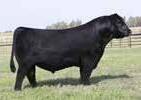

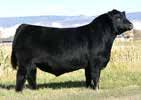



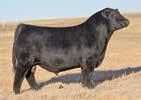





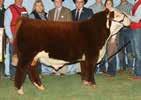











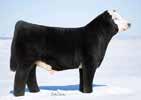



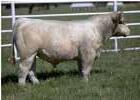










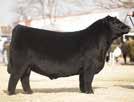






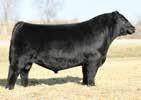

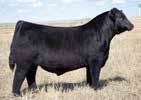

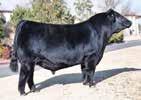
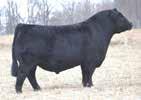




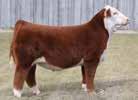
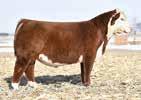

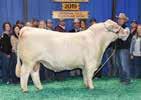





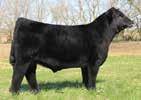



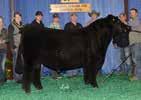


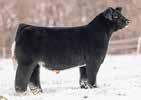
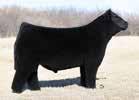















































The Weaver Family has nearly four decades of experience with Quarter Horses, focusing on solid broodmares.
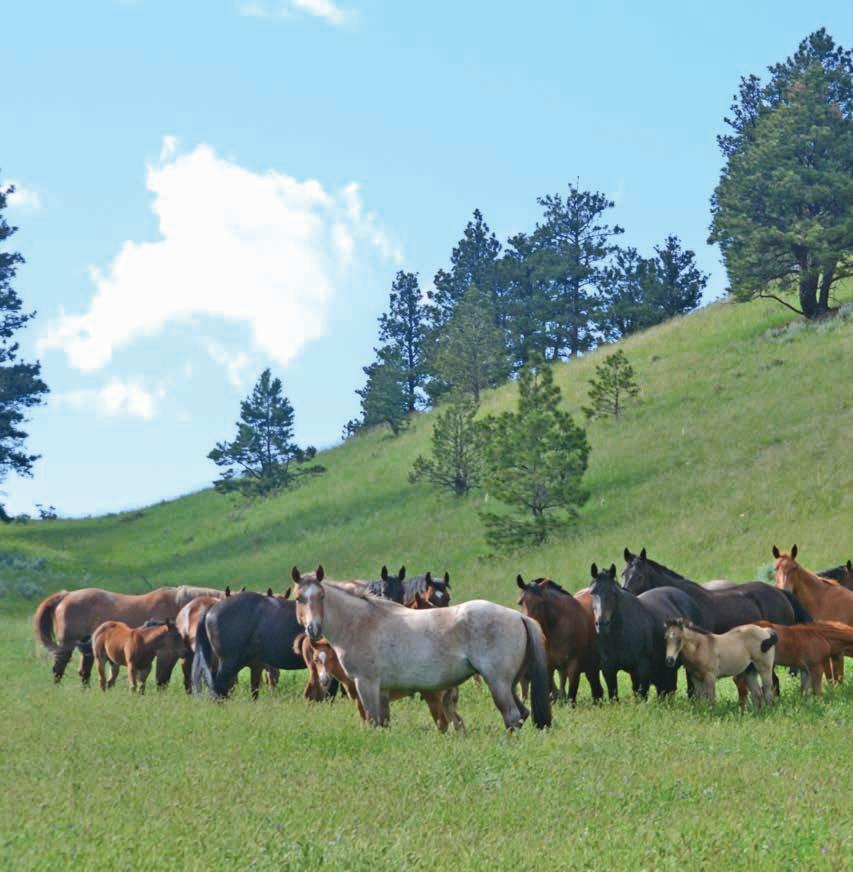 By Sarah Hill
photos courtesy Stan and Nancy Weaver
By Sarah Hill
photos courtesy Stan and Nancy Weaver
Not too many families can say they have six generations that have all ridden under the same brand, but the Weaver family, Big Sandy, Mont., can make that prestigious claim.
In 1847, the first Weavers left Tennessee and struck out to Oregon on the Oregon Trail. In 1888, five brothers were living in Myrtle Creek, Ore., and came to Montana to become cowboys. One of those brothers was Stan Weaver’s

great-grandfather, William, who recorded the family’s brand. “My granddad, Elmer, traded, bought and sold horses, and even trailed 300 loose horses to Canada once,” Stan Weaver said. “He bought the ranch in 1925.”

After Elmer passed in 1952, Stan’s father, Arthur, took over the ranch. Arthur was particularly fond of Thoroughbreds and Tennessee Walkers, but never raised horses to sell. All that changed in 1970, when Arthur bought a Quarter Horse mare, Pretty Miss Denver, a granddaughter of Pretty Buck.
Arthur rode Pretty Miss Denver until he passed in 1981. Stan and his wife, Nancy, made Pretty Miss Denver a broodmare. “Pretty Miss Denver had four fillies, and we kept them all,” Stan said. “Today, we run 100 mares, and 60 percent of our herd can be traced to Pretty Miss Denver.”
The Weavers bought their first Quarter Horse mare in 1981, named Stormy Dun Dee. Nancy rode Stormy Dun Dee for several years before making her a broodmare. As the Weavers built their horse herd in the late 1980s, buying all the best horses they could, they always liked Quarter Horses.
“The more I got into Quarter Horses, the more I liked them,” Stan said. “We were pretty picky with the horses we bought.”
The family held their first production sale in 1996, selling 47 horses.

Since then, the family has sold horses to all 50 states, seven Canadian provinces, Australia, Brazil, Germany, Mexico, and South Africa. “We never expected to do that,” Stan said. “We just like horses and have tried to raise the best horses we could.”
In the late 1990s, the family purchased Ima Bit Of Heaven, a son of Smart Little Lena. Ima Bit Of Heaven produced progeny that excelled in performance, including a son who was listed seventh in the nation for National Reined Cow Horse. Ima Bit Of Heaven was the horse that put the Weaver Ranch on the map, according to Stan. “We spent a lot of money on him, but we paid for him in semen sales in just three years,” Stan said.

Other high performers in the Weavers’ herd include progeny from the Stormy Dun Dee line. “In 2009, a granddaughter of Stormy Dun Dee was named the American Quarter Horse Association (AQHA) High Point Horse of the Year,” Stan said. “She went on to be the Reserve World Champion Head Horse before being sold to Brazil.”
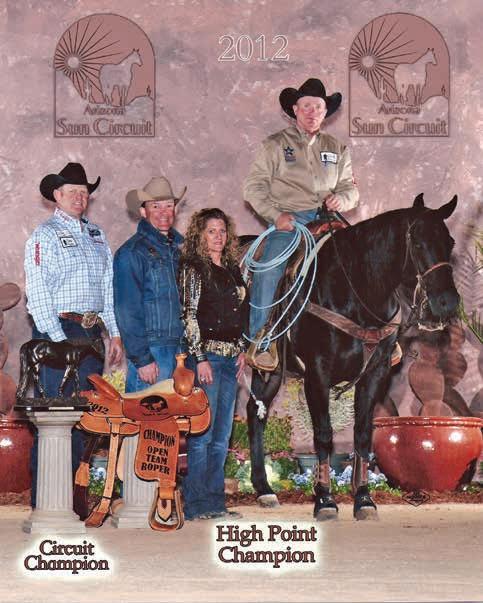
A horse sold from the Weaver’s 2012 sale went on to become 2018 AQHA World Champion Head Horse. Several cowboys in the PRCA circuit also ride Weaver horses. Riley Warren, the 2017 and 2021 tie down roping champion in Canada, rides a daughter of Ima Bit Of Heaven.
“Matt Sherwood rode one of our horses in the National Finals Rodeo a few years ago,” Stan said. One of the Weaver horses sold to Mexico in 2013 became the National Charro Champion in Mexico.
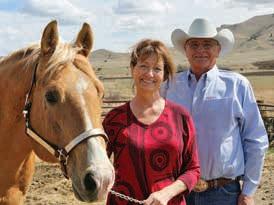
When selecting stud lines, Stan focuses on cutting and cow bred lines, but a sturdy skeleton and size are also important. The horse’s disposition and mind are also very important to the Weavers, according to Stan.

“You don’t want a colt to get mad, because then they don’t want to learn,” he said. “We want our horses to be easy to get along with, and we can tell which ones will be good minded. We try to promote those mare lines and keep fillies out of those lines.
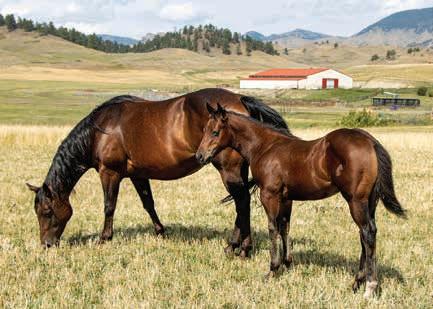 above Nancy and Stan Weaver.
above Nancy and Stan Weaver.
When the Weavers first started their production sale, Stan said he was selling everything—including his best fillies. He’s changed strategies in the last decade. “Maybe it’s the stud or mare they’re out of, or if they’ve had colts top the sale a few times, I’ll keep a filly,” he said. “If a colt has done well, I’ll keep a full sister to him. Or if it’s a high selling horse, I’ll keep a full sister.”
The Weavers run about 500 black Angus cows and use Hereford bulls on them. Stan and Nancy’s son, Daniel, hosts a production sale each fall for commercial bred heifers and stock cows. Steer calves are sold right after weaning in mid to late October.
“Just like with horses, mothering is the big thing, especially in
our country,” Stan said. “The cattle have to have that mothering instinct, the ability to breed back and raise a calf every year.”
The cattle winter at a place eight miles away from the ranch and are brought home three weeks before calving. The females calve at the end of March through the beginning of April, and the weather determines whether calving will be indoors or outside.

The cattle herd always has salt mineral available, and Daniel tries to graze until Christmas. After calving, they’re fed hay to boost milking and to encourage cycling before being turned out on grass. “We also have a couple of fields of crested wheat that they graze early, and they do well on that,” Stan said. “That crested wheat makes for great feed.”
Weaver Ranch is truly a family operation, with all three of Stan and Nancy’s children participating in operating the ranch. Daughter KellyAnne helps with foaling, and her husband, Casey, son, Wyatt, and daughter, Avery, all help on the ranch. David is married and lives in Bozeman, Mont. Daniel works on the ranch, and his wife is a pharmacist, and they have three children: Eleanor, Alexandra, and Oliver.
“Daniel’s passion is cows, and he manages our cattle herd,” Stan said. “Casey and Wyatt help with halter breaking. We don’t hire any outside help.”
As Weaver Ranch reaches its centennial, the future is bright. Stan said that Daniel plans to keep raising cattle, and either KellyAnne, Daniel, or Wyatt will take over with the horses.
WEAVER QUARTER HORSE SALE: Saturday, September 16, 2023 1:00 MST - Great Falls, Mont.
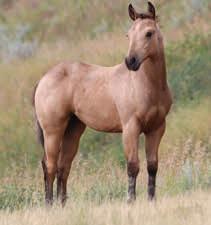

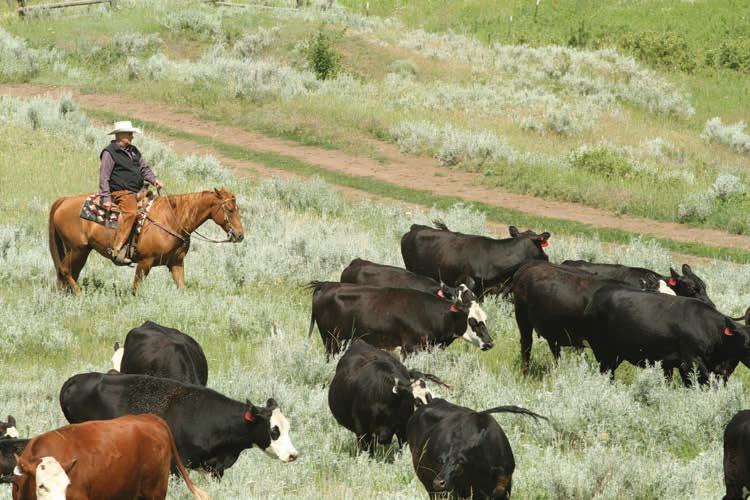 learn more weaverhorses.com
learn more weaverhorses.com

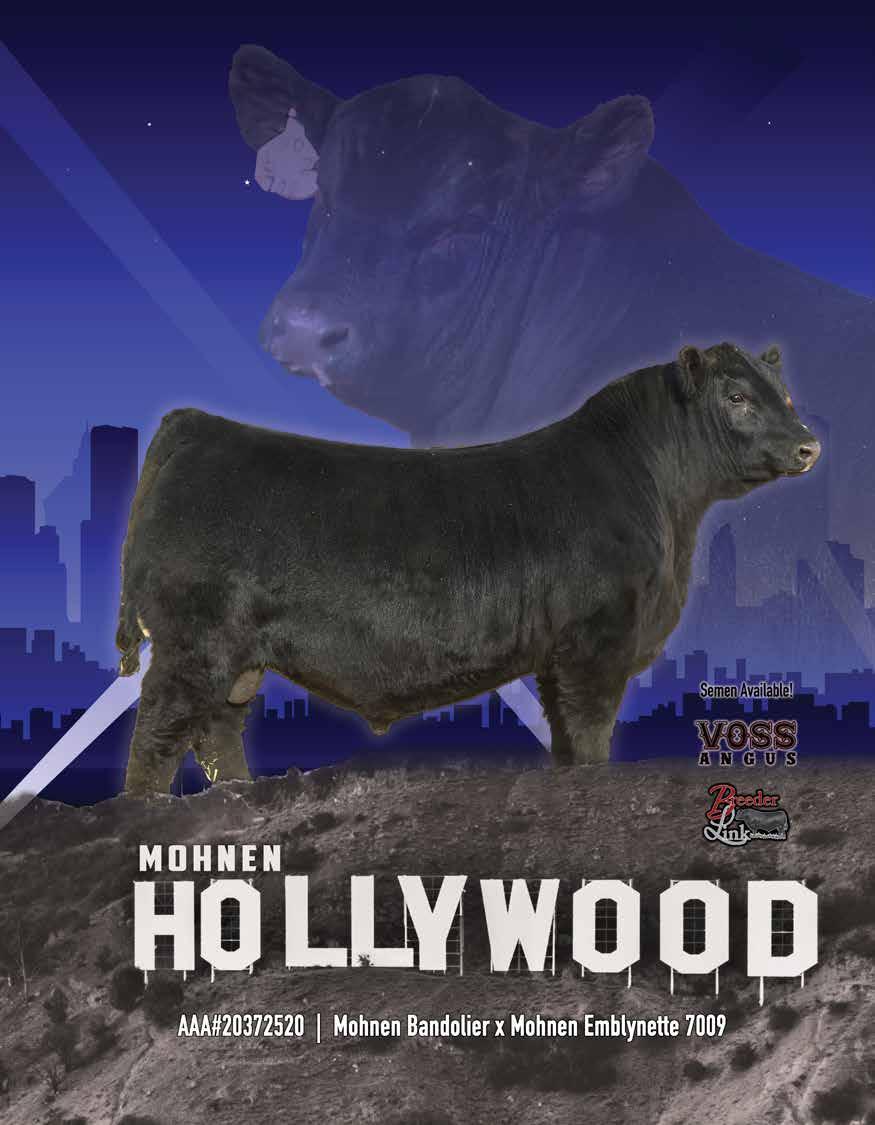
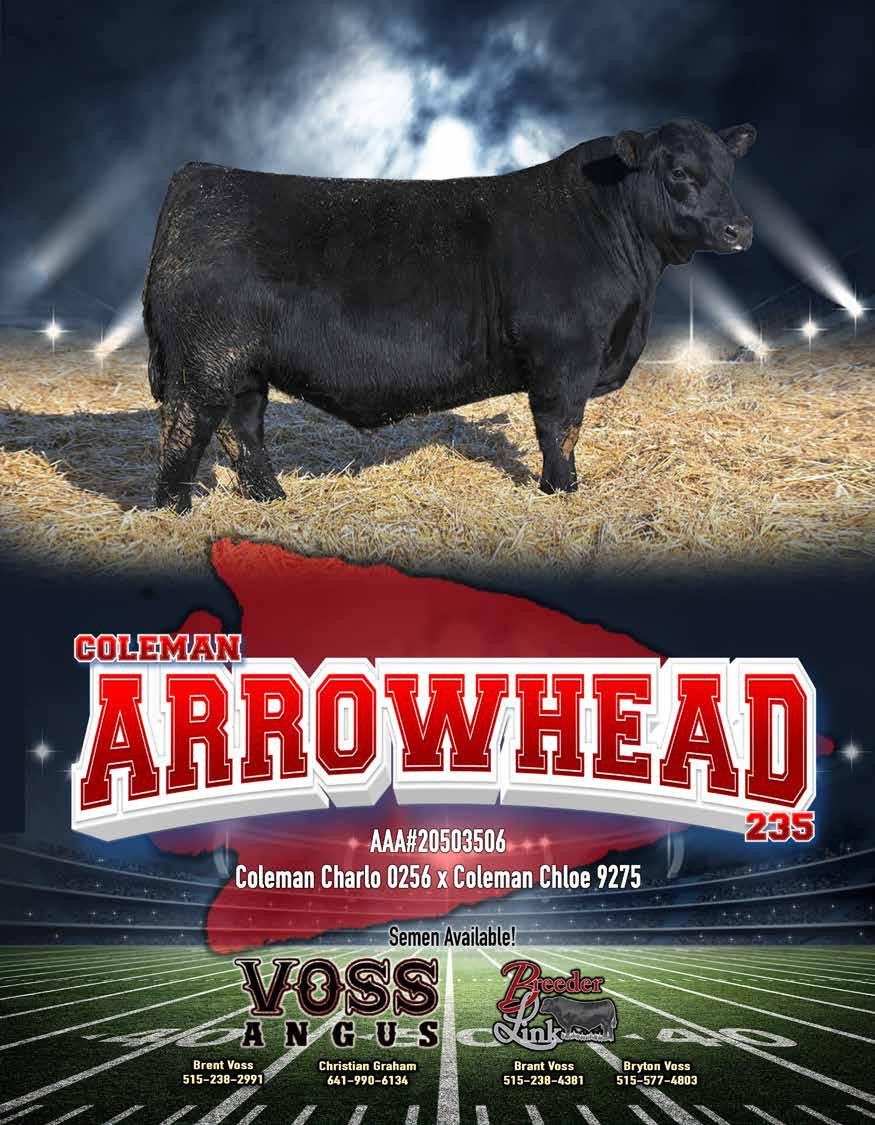


1121 Lake Road - Council Grove, KS 66846
620.343.0456 - 620.343.0288
sankeys6nranch@yahoo.com
sankeys6nranch.com
facebook.com/sankeys6nranch
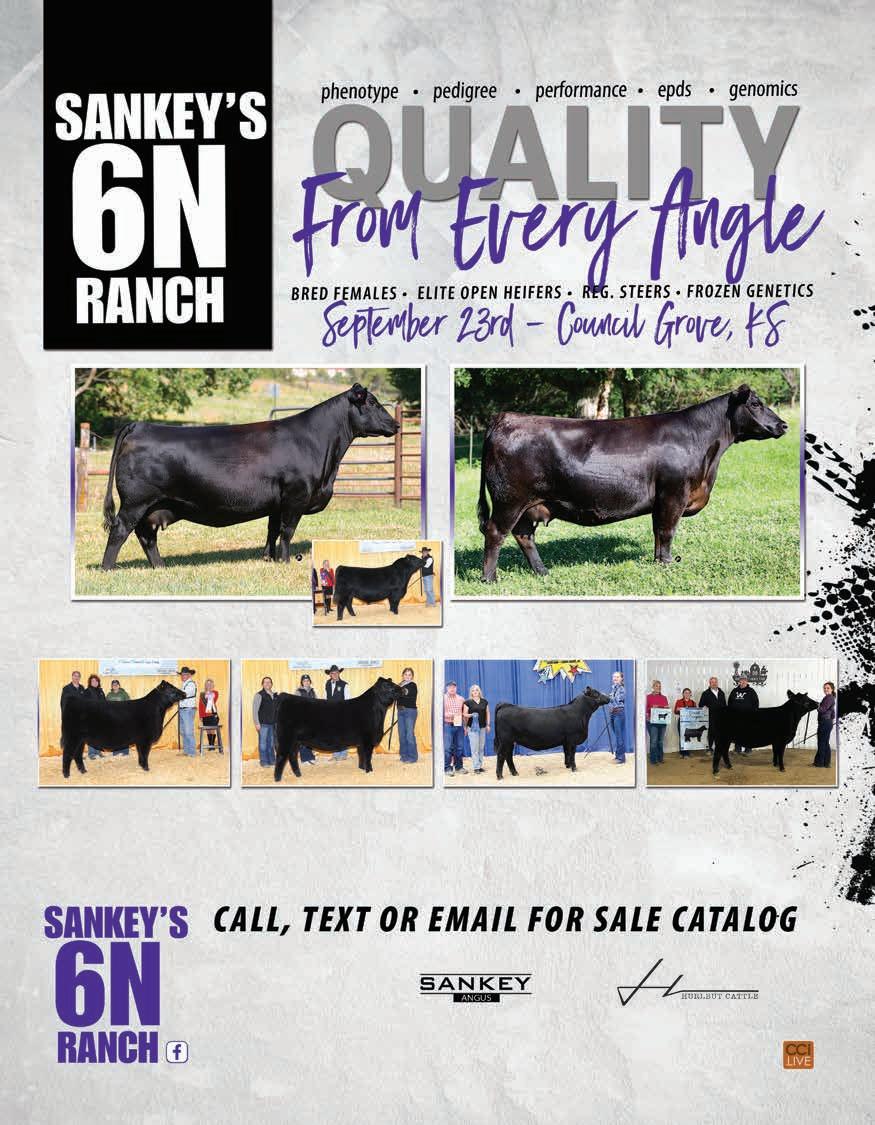 Sankeys Valee 653- AAA. 18776870 Sells bred to Silveira’s Forbes 8088
Forbes son out of Valee 653. Division Champion, ‘23 WNAF
Wilks Henrietta Pride 6364 - AAA. 18550451 Sells bred to Silveira’s Forbes 8088
Division Champion, ‘23 WNAF
Congratulations Sydney Rylaarsdam-Schoo Forbes daughter, sold in our 2022 Fall Sale
PGS Division Champion, ‘23 WNAF Grand Champion PGS Female, ‘23 KAF Congratulations Tayle Black Sold in our 2022 Fall Sale
PGS Class Winner, ‘23 National Jr. Angus Show Congratulations Mataya Kraft Sold in our 2022 Fall Sale
Grand Champion Female, ‘23Johnson Co. Res. Champion Female, ‘23 NEK Jr Angus Show Congratulations Lilly Parks Sold in our 2022 Fall Sale
Sankeys Valee 653- AAA. 18776870 Sells bred to Silveira’s Forbes 8088
Forbes son out of Valee 653. Division Champion, ‘23 WNAF
Wilks Henrietta Pride 6364 - AAA. 18550451 Sells bred to Silveira’s Forbes 8088
Division Champion, ‘23 WNAF
Congratulations Sydney Rylaarsdam-Schoo Forbes daughter, sold in our 2022 Fall Sale
PGS Division Champion, ‘23 WNAF Grand Champion PGS Female, ‘23 KAF Congratulations Tayle Black Sold in our 2022 Fall Sale
PGS Class Winner, ‘23 National Jr. Angus Show Congratulations Mataya Kraft Sold in our 2022 Fall Sale
Grand Champion Female, ‘23Johnson Co. Res. Champion Female, ‘23 NEK Jr Angus Show Congratulations Lilly Parks Sold in our 2022 Fall Sale
Functional forage and pasture.
contributed article by Justin Fruechte, Product Expert - Ag Millborn Seeds, Brookings, S.D. millbornseeds.com
nsuring the resiliency of their land and business is the goal of most farmers I know. However, farming and ranching are high risk occupations. We’re constantly dealing with variables that are out of our control. Weather and market changes are the major variables that impact our farms and ranches, but both crop and livestock producers also face plenty of other pest and disease pressures that add to the risk. Understanding how to fix problems that arise is important to mitigate risk.
But could we create a more resilient system to eliminate the cause before it presents a problem? Creating crop diversity through crop rotation has been in practice since the second century B.C. In fact, in a treatise on agriculture written by Cato the Elder, he says,
“I praise a two-field system, where one field is planted, and one lies fallow. But even better to have three fields, so that in addition to one field lying fallow, another is sown and the third is harvested.”
The Roman population was booming at this time and their successful farming practices sustained their growth.
Fast forward to the 18th century and we find an example of George Washington Carver promoting crop rotations by introducing peanuts and sweet potatoes into cotton production. He saw that cotton was depleting the land, but by incorporating a crop rotation with sweet potatoes and peanuts, each crop yielded higher by eliminating disease pressure that was detrimental to the cotton.
Now, in the 20th century with access to commercial fertilizer and immediate fixes for pathogens, do we need crop rotations? One of the best studies that addresses this question was from University of Nebraska titled, “More Diverse Crop Rotations Improve Yield, Yield Stability, and Soil Health.” This fascinating study had a few important conclusions that hit home for me. First, during
a drought when a crop rotation was used, crop losses decreased by 14 percent to 90 percent compared to a continuous cropping system. Secondly, with the same amount of nitrogen applied, a four-year crop rotation on corn yielded up to 48 percent more. Ultimately, the study showed that crop rotations increase organic carbon, improve the soil, and increase crop yields with less purchased nitrogen.
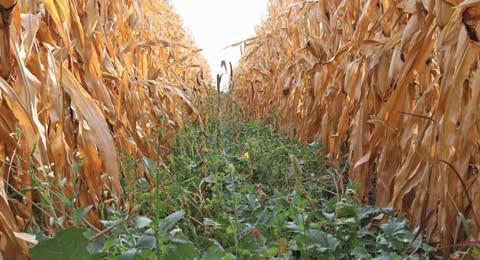
Crop rotations get easier when an operation is diversified with crops and livestock, simply from the opportunity to raise and capture value from feed.

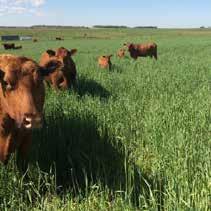
Alfalfa and perennial grasses for hay production are huge contributors to a crop rotation that mitigates risk by increasing soil organic carbon, building nitrogen, and stabilizing feed production. Other winter annual crops, like forage winter wheat or triticale, are options to hedge weather risks. These fall-planted crops take advantage of snow melt and early spring
rains, and are harvested as the summer heat settles in. Growing crops in different planting windows is a smart strategy to eliminate weather risk.
The risks involved with farming won’t go away any time soon. But a long-term approach to maintain diversity can serve as an insurance policy against market and environmental volatility – stabilizing the highs and lows for your farm. Caring for your land, livestock, and future generations starts with looking at long-term strategies to renew and revive your land.
 Photos courtesy Millborn Seeds learn more millbornseeds.com
Photos courtesy Millborn Seeds learn more millbornseeds.com

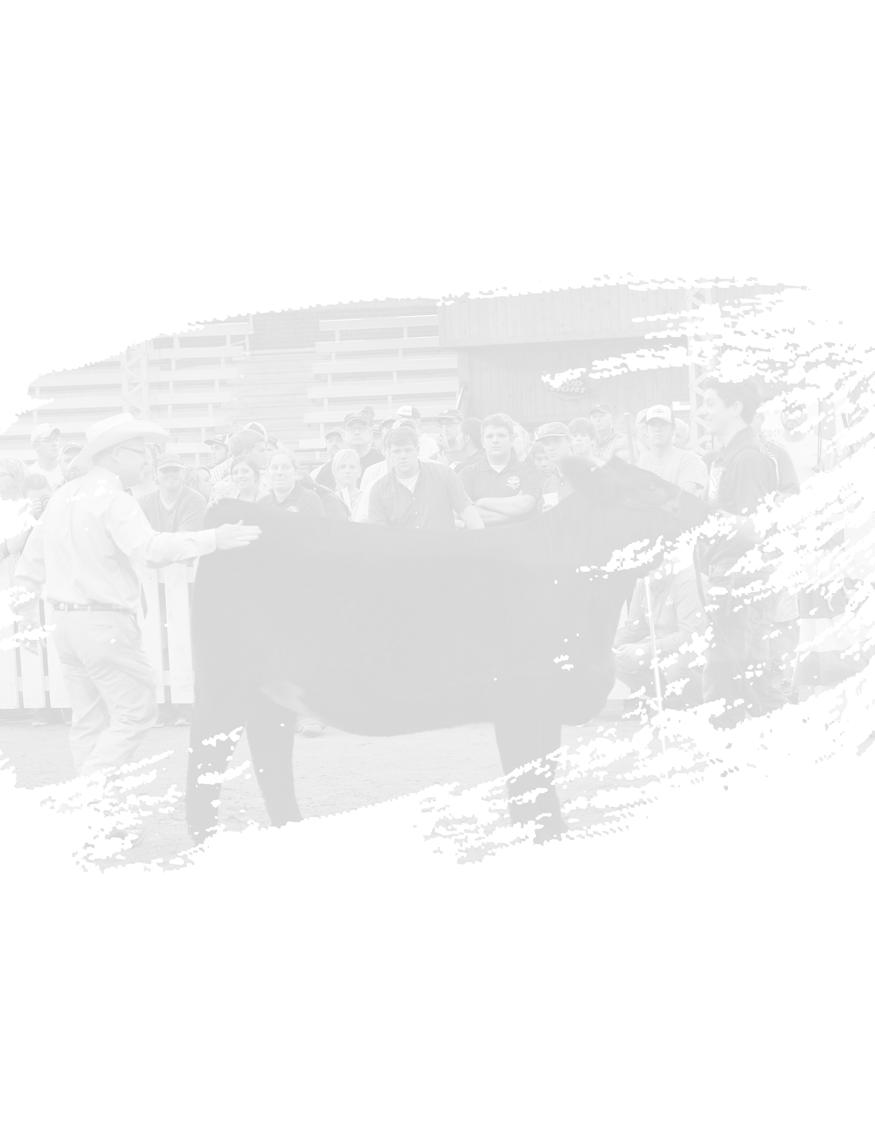


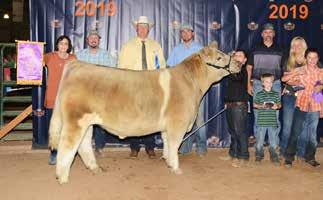
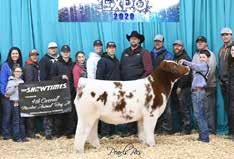



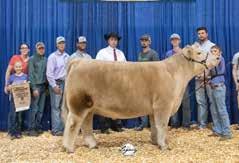
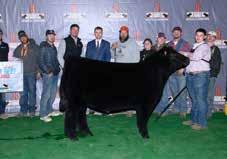



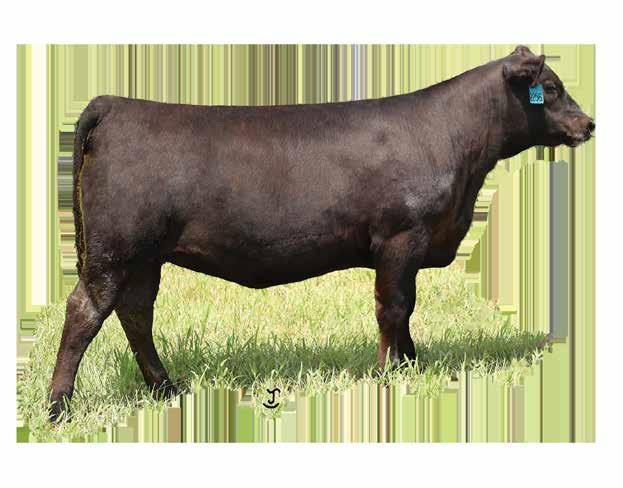





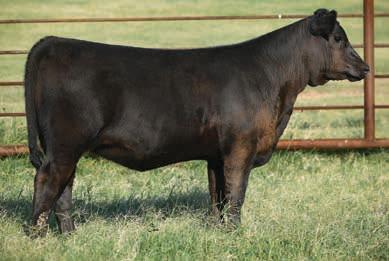
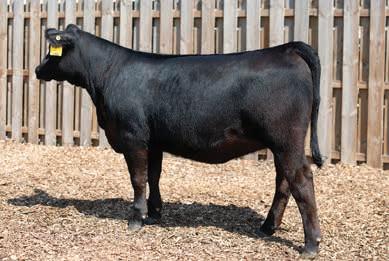

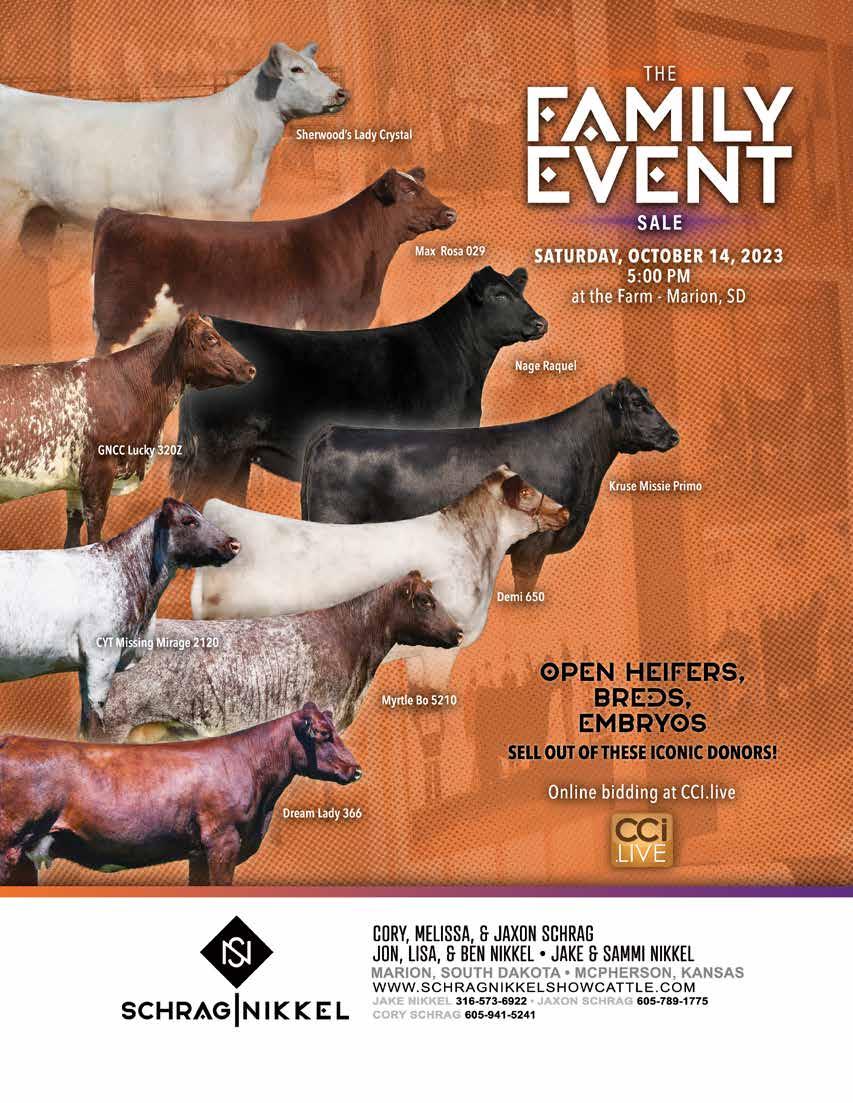

Company creates all-natural product designed to ease animals through life’s stress points.
A

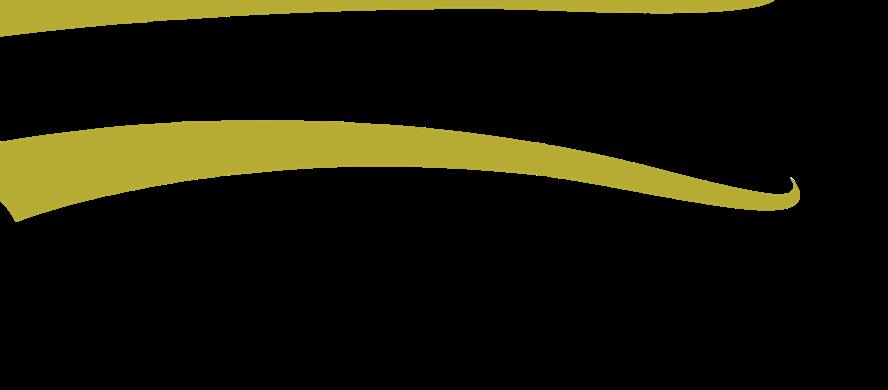
fter years of research and development, a company located in College Station, Texas, created a product that strives to bottle a phenomenon cattlemen and women have witnessed for generations. FERA Diagnostics and Biologicals, founded and directed by Rodrigo Bicalho, DVM, Ph.D., manufactures FerAppease®, a liquid product designed to replicate the maternal pheromone cows excrete to comfort and soothe their calves.
Scientists with FERA researched the efficacy of FerAppease® in reducing anxiety in animals during
different stress points throughout their lives. According to Dr. Bicalho, their research shows FerAppease® acts similarly to the Maternal Bovine Appeasing Substance (MBAS) naturally produced by momma cows, thus initiating a calming effect on treated animals.
 FERA Diagnostics and Biologicals
FERA Diagnostics and Biologicals
The product is a liquid applied topically to an animal’s nuchal skin and above its muzzle. The liquid is not absorbed but stays in the skin, being perceived by the animal through a gland in its nose. “That gland is what sends the message to the brain to regulate the part of the brain that is responsible for the perception of danger and threats and for the quick initiation of the feeling of fear and the physiological event of stress,” Rodrigo Bicalho, DVM, Ph.D. and CEO of FERA, explained. “So, if we decrease their ability to perceive danger, we decrease fear and if we decrease fear, we decrease stress.”
Though the scientific knowledge for the product has existed for decades, FerAppease® is the first product available for cattle producers to utilize in their herds. The idea for the product originated after Dr. Bicalho’s tenure at Cornell University in New York.

Dr. Bicalho moved to the United States from Brazil 21 years ago to complete a residency in veterinary medicine at Cornell University. After residency, he pursued a doctorate in epidemiology and went on to teach and research at the university for 13 years. He started FERA nine years ago, working to develop practical products designed to improve animal health and producers’ bottom lines.
FerAppease® is FERA’s most recently launched product. “Although the scientific knowledge of this pheromone has been around for 35 years, there has never been a product on the market before for animals,” Dr. Bicalho stated. “There hasn’t been a technology to stabilize the actives using FDA approved solvents,” he added. That is –until now.
Dr. Bicalho along with his team of research scientists, innovated a process to create a shelf stable product that mimics MBAS. The pheromone being replicated is not a hormone but a combination of naturally occurring chemicals. In fact, FerAppease® is a combination of eight different chemicals that are inherently present in other natural products. “All we do is identify the sources of those chemicals and we put them together in a chemical process in a manufacturing facility in a way that resembles exactly what is produced and eliminated on the skin of the mammary gland of the animals,” Dr. Bicalho said.
The product is all-natural and is FDA approved under GRAS (Generally Recognized as Safe). “It’s not an antibiotic, it’s not a hormone, it is an all-natural product,” Dr. Bi-
calho stated. “And that’s one of our big markets is to treat animals that can’t be treated with antibiotics or hormones, because in a way we are preventing disease and we are also stimulating feed efficiency and growth but in a natural way. We are accomplishing that simply by decreasing stress.”
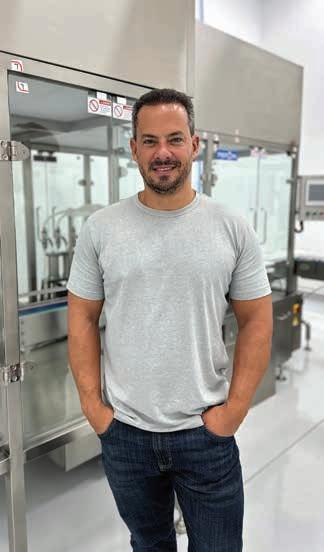

The team behind the discovery and development of FerAppease® conducted their initial research with dairy calves. “Our curiosity got bigger and bigger and bigger as we developed the product and started doing research,” Dr. Bicalho said. The scientists started with dairy calves because they typically lead a stressful existence. Dairy calves are separated from their mommas at birth, many times shipped to calf ranches, and raised alone in calf hutches.
“When we treated them (dairy calves) with FerAppease®, we changed their lives,” Dr. Bicalho shared. According to the research, the calves treated with FerAppease® had fewer cases of scours and respiratory disease as well as reduced mortality rates. The calves also showed increased weight gain and they started eating calf starter sooner. “So, that research was the initial motivator for us to say this product is really doing something dramatic to help these animals,” Dr. Bicalho added.

The findings in the studies with dairy calves served as a springboard for the team to expand the use and application of the product to other areas in the cattle industry. Researchers focused much of their efforts on investigating if the product would benefit weaned calves. According to Dr. Bicalho, FerAppease® revealed promising results in its use on weaned calves. The research showed treated calves exhibited less bawling, fence pacing, desperation, and anxiety.

The reduction in stress propelled the weaned calves to start eating faster and thus putting on weight more quickly. “At the end of the day by reducing stress we get these animals through the weaning process a lot faster and by the time they are done with their preconditioning program those animals are going to be heavier and they are going to be healthier. That’s the bottom line,” Dr. Bicalho said.
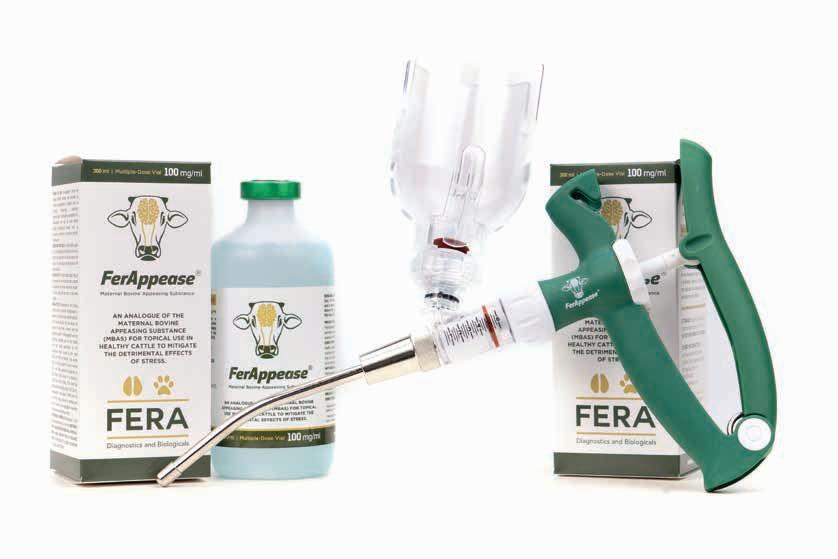
The company also conducted research on the efficacy of the product when used on newborn calves. Again, the findings showed the treated calves displayed less stress which translated to fewer cases of scours and other health issues.
Additionally, the scientists conducted a study to evaluate whether FerAppease® showed any value in calves during castration. Compared to the control calves, calves treated with FerAppease® had 60 percent reduced cortisol levels. Additionally, the calves treated with FerAppease® had a lower level of substance P, which is a neurotransmitter produced and eliminated when animals are in pain. Dr. Bicalho says these findings indicate the use of FerAppease® therapies at castration reduced the quantity of the pain marker, substance P, which is a good indication that the animals suffered or perceived less pain during castration.

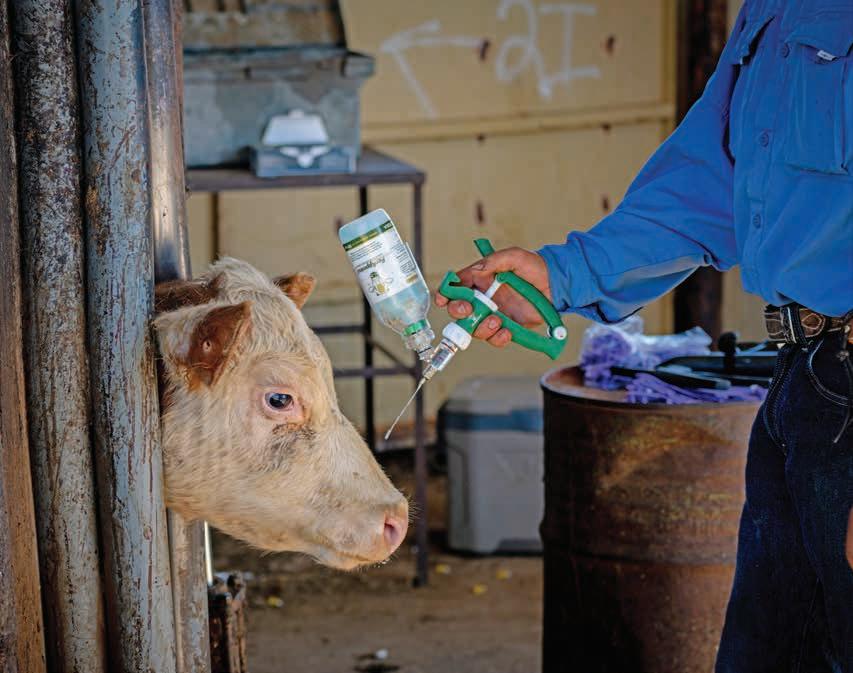
When evaluating all the uses of FerAppease® during different stress points in an animal’s life, Dr. Bicalho appreciates the application in finished animals the most. “I am passionate about the use of the product in finished cattle because I really think that we decrease the stress and the perception around slaughter and by doing that we increase the wellbeing of the animals, quality of the beef, and the profitability for the end user, so it checks a lot of boxes,” Dr. Bicalho shared.
According to Dr. Bicalho, the data collected during studies involving finished cattle indicate treated animals perceived less stress during shipment to the packer which in turn ensured better carcass yield

and quality. “We have demonstrated if you treat those animals preslaughter you calm them down and you alter the carcass quality characteristics, mainly carcass pH which is lower, and the probability of a dark cutter is reduced dramatically,” Dr. Bicalho stated.
FERA sells a similar FerAppease® product for the swine industry. In the future, the company plans to continue to build a market for its current products as well as develop new products aimed at revolutionizing the animal health industry.
“I am passionate about the use of the product in finished cattle because I really think that we decrease the stress and the perception around slaughter and by doing that we increase the wellbeing of the animals.”


















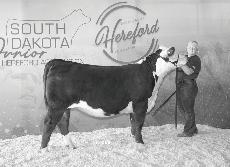
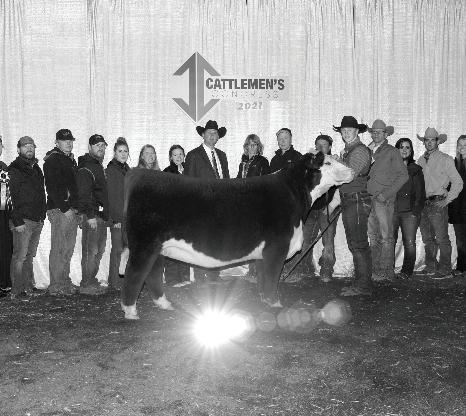


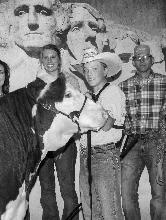
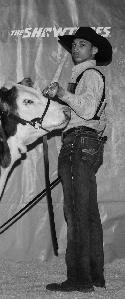


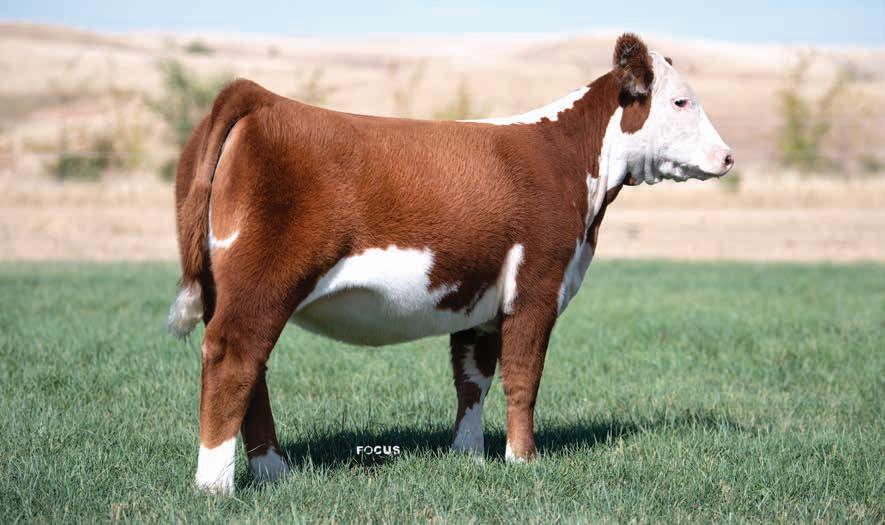


Health & Reproduction questions answered and explained.
any times, we will go to a farm or ranch to transfer embryos that were made at another ET facility. The first thing we will ask is, “Do you have paperwork for these embryos?” This would be an ABC form or some variation of this form. It will give us all the information needed to transfer the embryos properly and keep the records of transfers for each embryo.
Often the owners did not receive the paperwork with the shipment or did not bring it to the transfer site with the embryos. Luckily this information can usually be found on the straw ID plug for the embryo, and we can record this onto a blank ABC form, but this information is not available until the embryos are pulled from the tank for transfer and can be very time consuming to record on site.
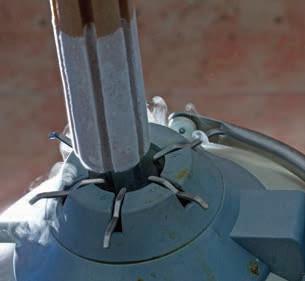
The ABC form is an internationally accepted form used to record each individual collection. The A portion of this form is where all the pedigree information is recorded as far as the breed, pedigree name, and registration number of the sire and the donor. Also, the collection date or code can be recorded for the semen used and if it has been sexed there is a place to record that as well. In this section we also record the collection date as well as the breeding date. For many breed associations the collection date is required to register the calf, so this is good to have recorded for future use.
The B part of this form is where the transfers are recorded. It has a place to record the recipient ID, recipient breed or color, and the stage and grade of each individual embryo. If performing frozen transfers, we will record the specific straw number corresponding to the recipient it was transferred to. There is also a place to record the transfer date if performing frozen transfers.

The C part of this form is where all the freezing information is recorded. This shows the stage and grade for each individual straw that was frozen. In this section, it will also show the cane code of the frozen embryos. If it takes more than one cane to store an individual collection, it will show which straw numbers are in each unique cane code.
In ET there should never be two cane codes that are the same within an ET center. This allows you to find specific straw numbers from specific collection dates. This is one of the main differences between frozen embryos and frozen semen. Each embryo is treated more as an individual with a history for each embryo transferred or frozen. This history also includes movements between tanks, transfer of ownership from your possession, and discards. This allows for you to account for each embryo produced. Although there is more to semen record keeping, we tend to keep semen records as a batch with so many units and will cross them off as they are used
and not be as concerned with individual straws.
Also with semen, the cane code is the same for each bull across all collections. Whereas with the embryos, you could have the same mating from three different collections resulting in six different canes and each cane will have its own unique cane code allowing you to find a specific straw number from a specific collection date. Also with partnership donors, each partner can be assigned their own cane code within the collection, allowing each partner to keep their embryos segregated with their own unique cane code.
On the C form there is also a space on the far right-hand side that is blank. We like to record the recipient and the transfer date in this space if the form is available. At the bottom of the C form there is also information showing what type of freeze media was used, as well as specific instructions on how to thaw the embryos.
Complete ABC forms make information readily available. Everything you need to register a calf should be on this form. Providing as much information about a donor such as registration numbers, registered name, and tattoo makes it much easier to fill these forms out more completely. Also, the code of the ET center is listed on these forms so that they can be contacted with any questions that may arise.
When sending embryos to an ET center, make sure that the ABC forms are sent with the embryos. Also, when shipping embryos or semen make sure all information is
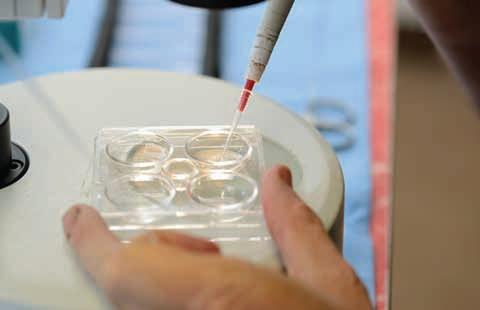
detailed out in regard to who it is for and their contact information. So often we receive shipments that have no information provided in the shipment and we have no idea who the embryos or semen are for.
The other thing that happens is the name of the original owner is on the paperwork, but nothing about who the embryos are sold to. In addition to sending the detailed paperwork, it is also a good idea to email this information to your ET center with precise details of what they will be receiving. This helps to ensure that your embryos will be put in the right name and be available for you on transfer day.
Make sure partnerships are detailed out in advance of performing the flushes or transfers. So often we perform a flush and freeze the embryos and are not aware of the various partnerships that are involved. Many clients will keep track of this themselves, but if we are to split embryos and billing, it is nice to have that information at the start. It is harder to sort that out after the work has been done. Also, that helps to ensure that each partner gets the embryos that are coming to them.
As a final point, if you are having embryos shipped into your ET center, make sure you start early. It can take some time to get this done and will be harder as we get into the busy season. The biggest problems arise due to shippers being tied up with shipments that were scheduled earlier, holidays adding delays, and just the coordination to get embryos ready for shipment. It takes time to split embryos off of collections for shipment and having some lead time to get shipments prepared can really help your ET center. By giving yourself more time, you can help control the costs of shipping. Overnight shipping due to last minute shipments can really add to the cost. We get records questions daily, so the more information provided, the easier it is to provide an answer. We recommend that owners take pictures of our records after transfers are completed or if we write on their copies, we will picture their copies as well.
learn more collisonembryoservices.com
Dr. Vince Collison is co-owner of Collison Embryo and Veterinary Services PAC in Rockwell City, Iowa.



Reckoning is becoming the outcross pedigree sensation among breeders looking to improve “show-ring” presence, foot & structure quality, muscle mass, and body dimension!

Optics is becoming an extremely popular heifer bull who’s leading progeny are topping Hoover’s, Panther Creek, & RAML’s herds! Added frame and performance for a heifer bull with outcross pedigree to most popular sires! Make sure you research him.

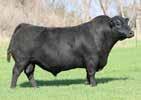
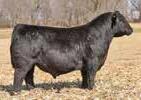





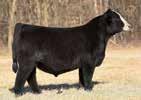



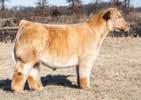










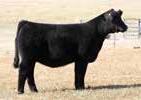


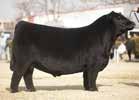


CONSIGNMENT SALE HOSTED BY THE WISCONSIN ANGUS ASSOCATION
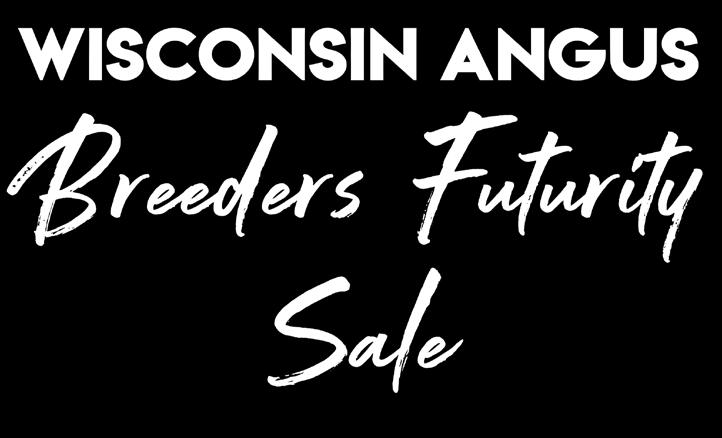

QUESTIONS? contact the sale committee:

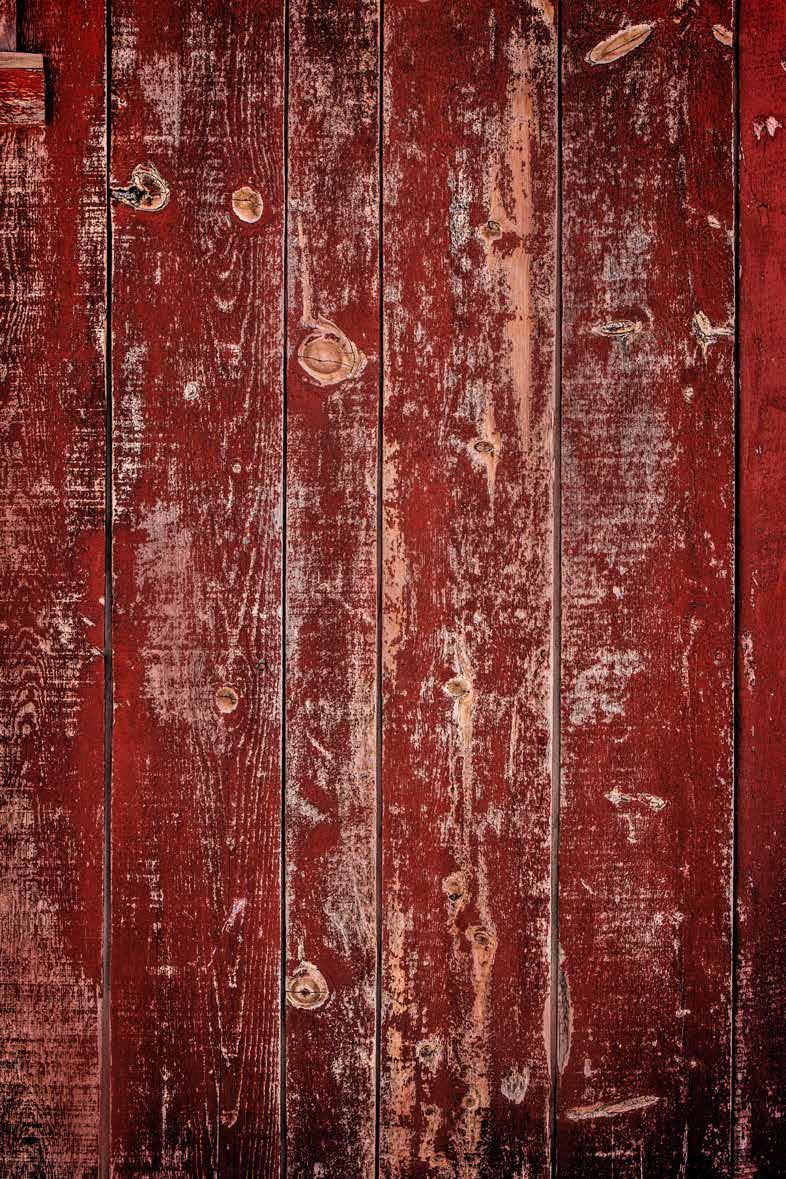
Mark Schmidt, Sale Chairman 608-988-7166 Schmidee1@gmail.com

Cole Chapman 608-617-8064 ColeChapman50.cc@gmail.com

Jack Cummings 608-345-6547 Jack@fountainfarms.com
Cassandra Henning 425-753-7782 Wisconsinangus@gmail.com
SALE REP: BODEE SCHLIPF 309-287-3011


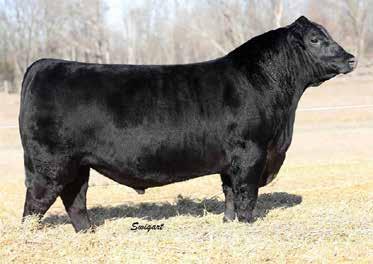


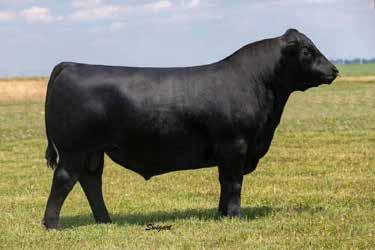












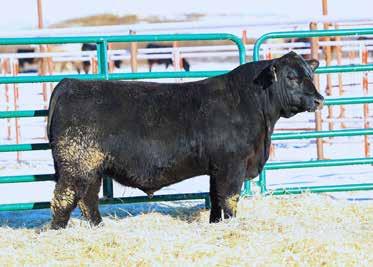


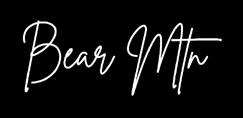






The A Bar Ranch is multifaceted, ranching in six Oklahoma counties and two Texas counties. The ranch operates with four divisions: commercial cow/calf, livestock marketing, performance horses, and agritourism. My late husband and I began our partnership in 1985 and my job capacities have been many the past 38 years. This season of my life I am enjoying watching my two sons and daughters-in-law handle the daily responsibilities of the ranch and marketing business. I work in our office and of course enjoy cooking for the family and being “Mimi” to my grandchildren Myles and Maysa. The vision that God gave Mike and I years ago continues to grow and I am proud to watch the next generation remain

What is your most requested dish?
I am known for my fruit cobbler and a main dish is a recipe that was my mother’s called Spanish Delight.
Where did you learn to cook?
I was blessed to have a grandmother and mother who were great cooks and as with many families our celebrations and holidays revolved around food. I was equally blessed with a mother-in-law who was a wonderful cook. I watched and learned and even today I work to get things to taste as to how they made certain recipes. Seasoning is an important part of cooking, and these three women were great teachers.
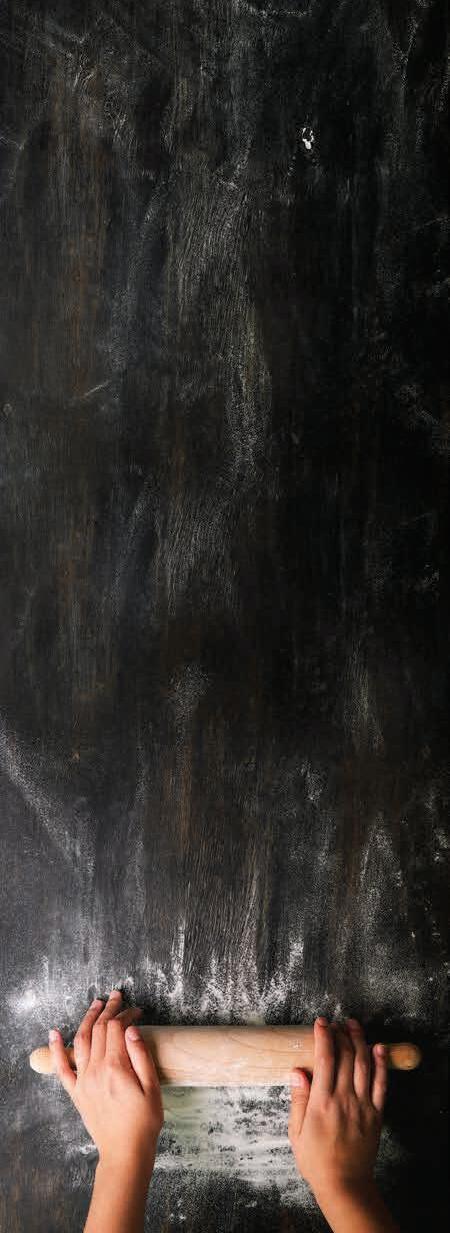
What is your favorite cooking tip/trick?
It goes back to seasoning. A person can take a can of green beans and add bacon grease and onion, salt, and pepper. Put a lid on the pot and cook on high heat for 20 minutes and it tastes like fresh green beans.”
What is your least favorite job in the Cleaning up.”
learn more abarranch.com for printable recipes stockmanmag.com
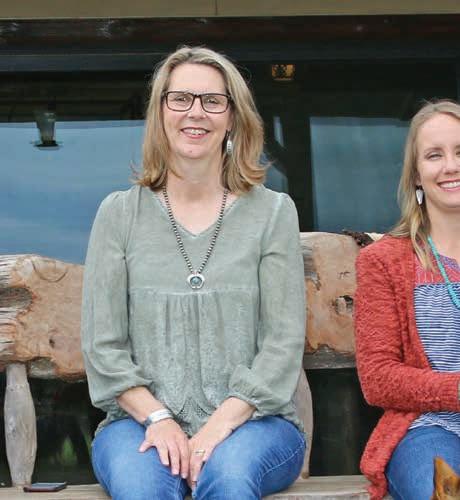
Commercial Cow Sale - September 2, 2023 Noon - at the ranch near Claremore, Okla.
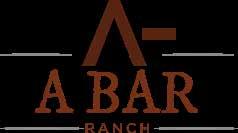



Martha Armitage
1 ½ lbs. ground beef
½ chopped onion or dried minced onion
1 pkg. frozen corn or 2 cans of corn
1 pkg. egg noodles (I make mine from scratch which is ¾ c. flour, 1 egg, and 1 T. milk) chili powder or taco seasoning shredded Mexican cheese
Brown hamburger and add onions. While cooking meat, cook the noodles, and if using frozen corn heat the corn according to package instructions. In a 9x13 pan add hamburger, drained noodles, corn plus juice, and season with a little salt, chili powder or taco seasoning to taste. Top with cheese and bake in oven at 350 degrees Fahrenheit until cheese is melted.
I serve with a green salad and French bread. This is a favorite with our ranch cowboys.
Martha Armitage
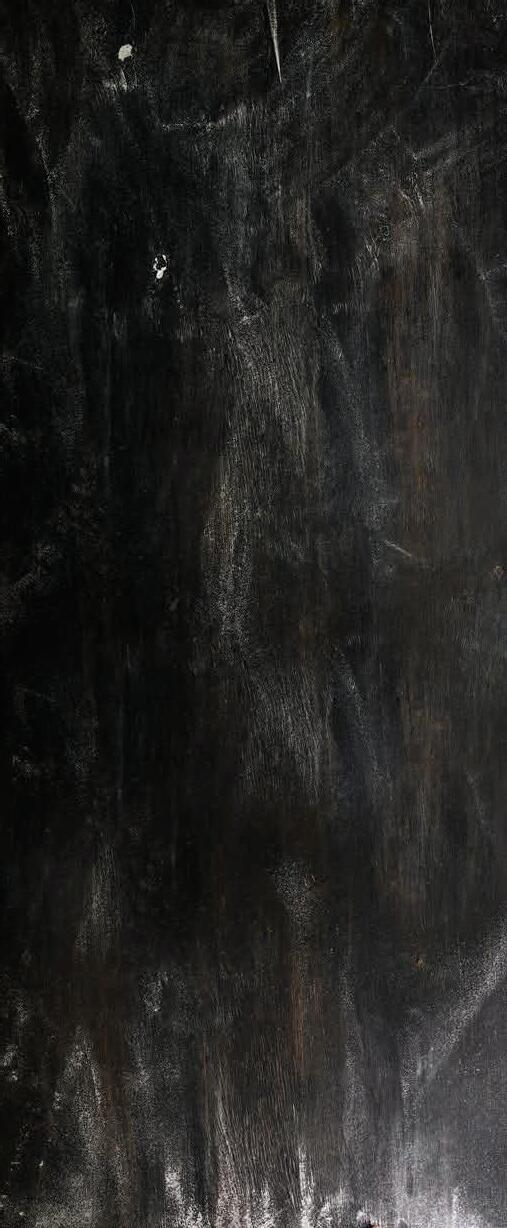
1 c. sugar
¼ cup flour
2 tsp. lemon juice
dash of salt
5 to 6 c. fresh blueberries
1 stick unsalted butter
Pastry for cobbler
2 c. flour


1 tsp. salt
1 c. shortening
6 to 7 T. cold water
In mixing bowl combine sugar, flour, and salt. Add sugar mixture to blueberries; toss to coat fruit. Fill a pastry lined 9-inch round pan with blueberry mixture. Drizzle with lemon juice and dot with butter. Add top crust and sprinkle with a ¼ cup sugar. Bake at 350 degrees Fahrenheit for approximately 25 minutes until crust is gold brown.
* Any fruit can be used.
Pastry: Stir together flour and salt. Cut in shortening with pastry cutter until pieces are pea to grape size. Sprinkle in a tablespoon of water and toss with a fork. Continue to gradually add water until all is moistened. Form dough into a ball.
above The Armitage Family (l-r): Sarah, Turner, Myles, Martha, Maysa, Merrit, and Michelle.

 by John McDonald
by John McDonald
• Pull on highway at speed limit.
• Fits through any gate your pickup will.




• Stable on uneven terrain.
• Permanent sheeted adjustable alley.
• Transport wheels are permanent, no sliding off the axles and rolling out of the way.
• Wheels on each panel and electric over hydraulic jack eliminates lifting— saves time.
• Frame gates for sorting.

Homo Black Homo Polled Purebred SM LCDR Witness 541C x
OMF EPIC E27
ASA#3317371
Homo Black Homo Polled Purebred SM WS All-Around Z35 x OMF Time Less B100




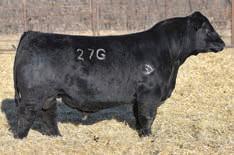

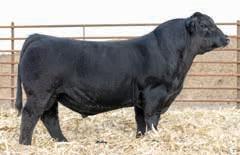
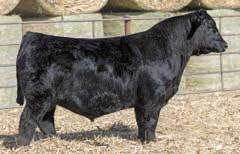
Owners :: Schooley Cattle & Little Shasta Ranch
SCHOOLEY HAGGARD
Schooley Miss 3000A 823F
Owners :: River Creek KS & Schooley Cattle

CRAWFORD GUARANTEE
ASA#3752744 Purebred AN Connealy Payraise x Crawford Ms Armory D40 Owners :: Schooley Cattle Co
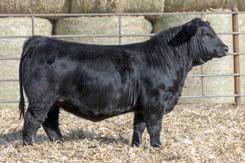


AAA#19526770

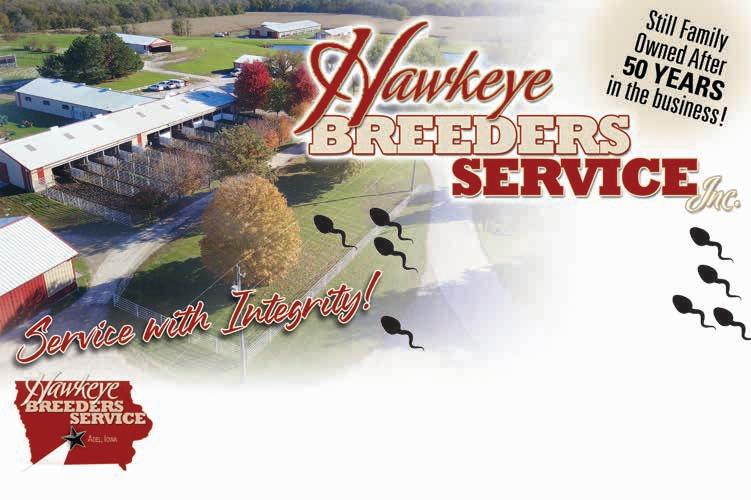

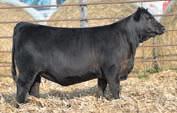

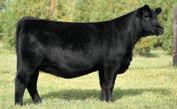
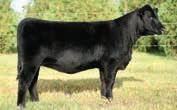

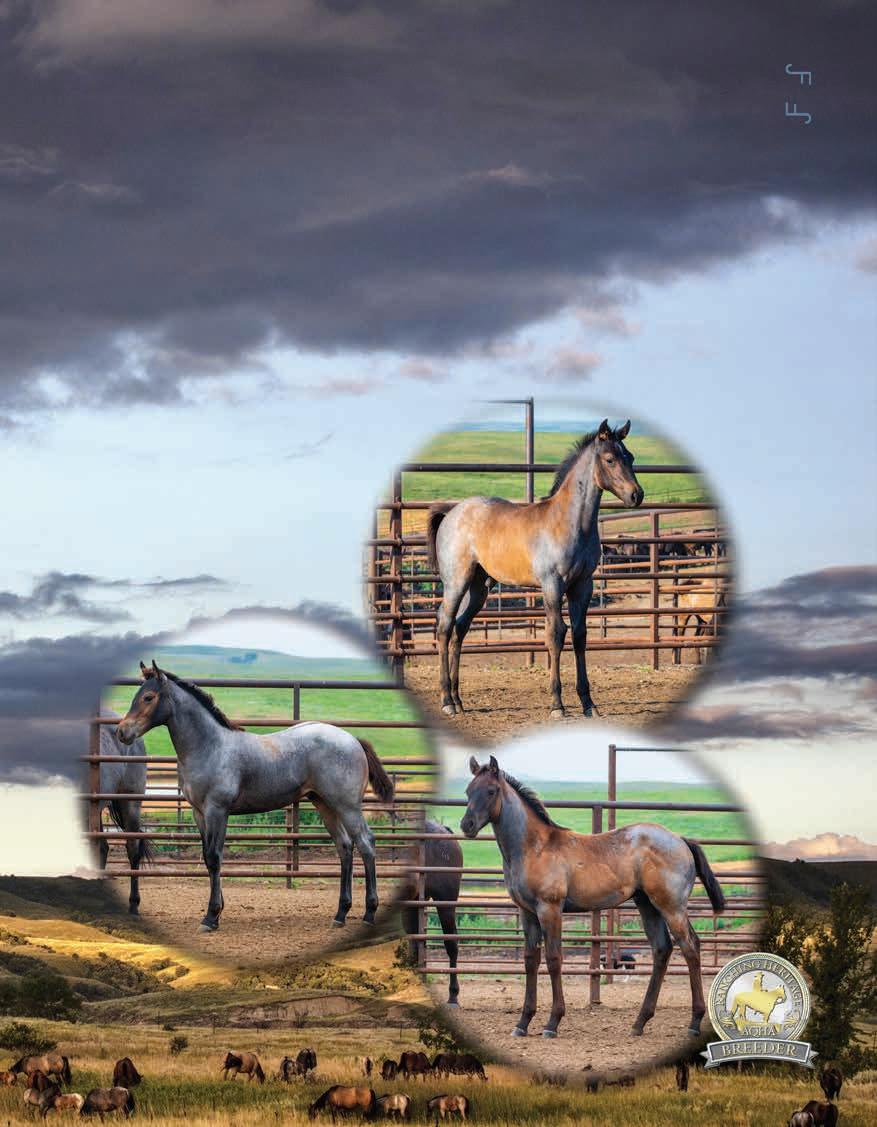



rom the beginning of this breed in the U.S., one of its many pluses was carcass and meat quality and high percentage of lean meat. “In addition to increasing enthusiasm for Chianina-bred feeder calves and market show winners, Chianina steers became prominent winners of on-the-rail carcass contests at several national beef shows,” says Richard Koonce, who was field man for the Association for many years.
The first successes for these end-product evaluations were achieved by the Dick Carlson family, of Mile High Chianina. “Mile High home-bred and raised steers were selected as champion carcasses during the 1970s at the Arizona National Show in Phoenix, Ariz. (2 grands and 1 reserve), and grand champions at both the Grand National Show (Cow Palace), San Francisco, Calif., and the North American in Louisville, Ky.,” says Koonce.
“The most successful breeders and promoters of carcass superiority of Chianina and Chiangus genetic influences have been Myron and Kathy Danner, of Burwell, Neb. Consigning for many years to the National Western Fed Beef Contest competition, their home-
bred Chiangus garnered several grand champion steer titles as well as grand champion heifer carcasses including having both divisional grand awards and six overall champions. Their line-bred Chiangus entries mostly trace back to their Marquis Farms’ foundation sire, Silver Dollar, the 1977 ACA National Grand Champion Percentage Bull,” says Koonce.
Myron Danner still has a ranch in central Nebraska near Burwell. He was born in 1952 and grew up on a farm in Iowa. “My dad showed carloads of steers in many shows and was very competitive,” Myron says. “He loved showing cattle. He bought the cattle, fed the cattle and succeeded at what he loved to do. We have many show banners from the 50’s and 60’s; he won the International twice in 1966 and again in 1968. These were my 4-H years and we had champions at Chicago. I had a steer that won my County Fair in 1965. He weighed 800 pounds. The cattle at that time were small and very fat and we called them baby beef,” he says.
In the 1970’s Myron went to Iowa State University. “I was influenced by the University professors and was on a meat judging team, then livestock judging. This laid some
By Heather Smith Thomas photos courtesy American Chianina Associationof the foundation for what I looked for in cattle. In the meats judging I could see the leanness, muscling, the quality grades and all the factors important in beef production,” Myron says.
He went to graduate school at Michigan State University and got to know Dr. Harlan Ritchie, a renowned livestock judge. “I lived with him for 4½ years while I was a grad student and he became my mentor. Harlan introduced me to Chianina cattle and we became partners. Then in the ‘80’s I struck out on my own and continued to follow the breed. In the late ‘80’s I started exhibiting my own cattle at the National Western Fed Beef contest,” he says.
The first time Myron entered that contest he won it, in 1988. “That helped shape my direction and my interest in meat and carcass judging. I continued to exhibit through the 90’s and won repeatedly in Denver. Some years I had both Grand and Reserve and some years they broke it into divisions and had a Restaurant Division and a Retail Division. The specs for the Restaurant Division were for a higher quality grading product, and not so much emphasis on cut-
ability, while the Retail Division emphasis was on cutability, lean muscle, and not so much on marbling,” Myron says.
“I won both divisions because I put my heifers in the Restaurant Division and steers in Retail Division and hit both targets. A heifers quality grade is better; that’s a proven fact because they get fat sooner. Steers keep growing longer and are more muscular. Steers are ideally suited to the supermarket trade. The percentage Chi steer hits the high select/low choice perfectly, with yield grade 1 and 2,” he explains.
“The last time I won it was in 2009 and then that contest was dropped. Denver was my measuring stick for competing; I always followed the Denver Stock Show. It told me whether I was doing things right or wrong.”
Myron says John Matsushima, professor at Colorado State University, sponsored the trophy awarded at the fed beef contest. “It was the Matsushima award for the overall champion pen each year at that contest, a traveling trophy now on display at the National Western Club. John is a legend in Colorado; he wrote the book on cattle feeding. He is still alive, at age 103,”
says Myron. In 2021, at the 151st Anniversary of its founding, CSU bestowed the 2021 Founders Day Medal on Professor Emeritus John Matsushima – a legendary scientist in beef cattle nutrition whose innovations influenced
the global food system. Matsushima partnered in research with the nation’s top cattle feeders and beef processors to improve animal health, efficiencies, pricing and food quality.
During the 1970’s and 1980’s Chianina-cross steers had won every steer show in the country and also many carcass contests, but it was hard to get the breed accepted in the commercial industry. “One of the reasons was the breed’s temperament,” says Bob Vantrease, who spent many years working for

 above Grand Champion Carload - Bourbon Beef Show, 1958. Exhibited by Ralph Danner & Sons, Muscatine, Iowa.
above Grand Champion Carload - Bourbon Beef Show, 1958. Exhibited by Ralph Danner & Sons, Muscatine, Iowa.
the ACA and was its third CEO. “This has been true with many of the exotic continental breeds, especially when you cross them with other breeds. We had several Chianina breeders, like Dieter Brothers in South Dakota, who went to work immediately on disposition issues. They eventually had one of the best herds of Chiangus cattle in the United States. Disposition was one of the traits they worked the hardest to improve,” Bob says. “Angus are not the best for disposition either, so when crossing these breeds it’s crucial to pay attention to selection for temperament.”
“Many people fail to recognize this. Cattle breeding involves all kinds of selection, but one of the first things to pay attention to is disposition. I don’t care what those cattle can do, if they are not manageable you can’t handle them, and they can also be dangerous,” Bob explains.
“As a breed, we were rocking along pretty well during the 1980’s
and resolving many of the problems, when the National Cattlemen’s Association —with Darrell Wilkes at the helm – put on a test to find out more about the beef industry.”
In the early 1990’s the National Cattlemen’s Association sponsored a feedlot test and carcass evaluation contest (a Strategic Alliance project) comparing various groups of cattle. All breeds were eligible and cattlemen were invited to enter pot-load entries of weaned steers for this test.
“They had their big test at a feedlot in Kansas and each group that participated had to have 100 steers,” recalls Bob. “Darrell Wilkes had representatives from many breeds —Hereford, Angus, Shorthorn, Gelbvieh, Simmental, etc. He had about 15 big ranches’ cattle in this test, but there were no Chianina. So
I called him, and asked if he’d have room for a couple more breeders. He said yes, and I told him I had two breeders who could fill it up. Jerry Adamson and Roger Dieter both consigned about 100 head each that were mainly Chiangus. Some of those steers were sired by Fullblood bulls and out of Angus cows, and many were second generation Chiangus; some were even third generation,” Bob says.
In that test, all steers were taken through the feeding period and packing plant. “Those two Chiangus herds ended up as first and second in profit. Jerry’s 100 head made $154 more per head than any of the other herds and Roger Dieter’s steers made $135 more than the other breeds. This was a good test and got people’s attention; it gave us a big boost,” he says.
After all the feedlot and slaughter results were tabulated, it was those two ACA members who had bred and owned the most profitable cattle. Adamson’s Rocking J Ranch (Cody, NE) Chiangus load was crowned champions while the Dieter Brothers’ (Faulkton, SD) Chiangus load was reserve champions.
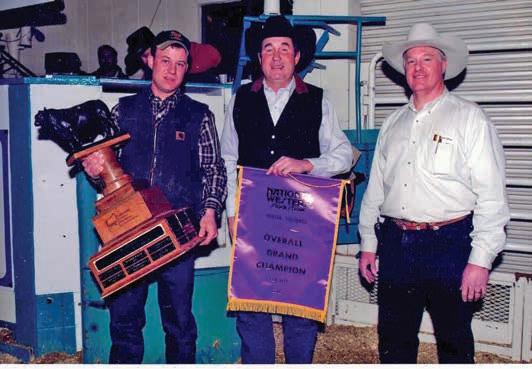
“The thing that separated that test from all other feed tests was that they actually followed those cattle all the way through the packing house,” says Myron Danner. “They didn’t stop at rib-eye and back-fat measurements; they processed, trimmed and boxed the beef, and weighed the box and priced it at what went into the box. It was more realistic in showing how much profit an animal would produce, and Chianina cattle excelled in that study, making more money per animal than any other breed,” Myron says.
“Unfortunately, they never repeated that kind of test. They only did it that one time. My friend
Chiangus vs. Group Avg.
Jerry Adamson told me that breed politics was the downfall.” The other breeds didn’t wan that kind of publicity for Chianina and didn’t want to see that happen again.
Glen Klippenstein also recalls that Chiangus were the most profitable cattle in that large project comparing all breeds.
“This gave them credence for their extra value — ranking far above the profitability of all the other competitors. It was so dramatic that the NCA got into a lot of trouble with other breeders! It was done right, but they got hell for it, so they quit doing that feedlot/carcass evaluation and didn’t promote Chiangus anymore,” Glen says.
Myron says the popular breeds were embarrassed when the test measured the feed input, put the beef in the box, weighed the box and priced it for what it was
worth. A rib-eye is worth more than a chuck, for instance. “And more lean beef per animal, with less waste fat to trim off, is another factor. Our beef industry should be more open so people can know about these things and have more options on what kind of cattle they raise,” Myron says.
In the last decade, “no other ACA breeder has collected more factual carcass data than the Chuck and Katie Madaris family, at CK Cattle of Hope Hull, Ala.,” says Koonce. “Since 2018, CK Cattle has annually collected feedlot and carcass data on their non-replacement steers and heifers that were not retained for their registered Chiangus, Angus or Simangus herd.”
Through 2021, a total of 890 slaughter cattle records have been obtained with 92.7% (825 head) Quality Grading Choice or better with an average of 48% (428 head)
yielding CAB and Prime carcasses. The four-year average Hot Carcass Weight has been 860.5 pounds. Average Ribeye Areas (REA) have ranged from the upper 13 sq. inches to over 14.25 sq. inches while average Backfat (BF) has consistently been from 0.50 to 0.52 inches.
“The packers are the ones that should be telling this, because it made them the most money. The rancher gets the feed efficiency part of it, but in the end, one price buys all cattle when they end up at the packing plant. Even when you sell on a grid there are little bitty premiums but there also little discounts and basically you come out with about the same price,” Myron says. “It’s hard to get true value for what you work hard to select for and produce. The packers buy them all anyway and make a profit on the good ones and put the rest through the system somewhere.”
Bob Vantrease says that about the time Certified Angus Beef came along, several Chianina breeders started working on a Chianina Fullblood beef program. “We ran a research project at Texas Tech and had some breeders in Texas who took the results from that and started a program called Chi-Lite Beef Certified. It was very successful for those breeders, for a while. But these things take a lot of money and time and it’s hard to keep your presence in a grocery store,” he says.
“I spent 10 years with the ACA and had a wonderful time and made a lot of good friends. I had a dream, all my life, to be a rancher raising Fullblood cattle. About 1993 some friends of mine had a large spread in New Mexico. They wanted to know if I’d be interested in going down there to be in-
volved in marketing and ranching. So the kids and I pulled up stakes and went to New Mexico. The first thing I did was buy 40 Chiangus bulls to cross on the Beefmaster cows on that ranch —which created a 5-way composite with Angus, Chianina, Hereford, Brahman and Shorthorn. We sold the first load of steers to Future Beef,” Bob says.
Glen Klippenstein says most of the popular breeds have been selecting for fatter animals. “I despise an obese animal because excessive fat is a waste and costs more money to put on than lean meat. Cattlemen are selling lean meat. If we can raise 1,300 to 1,600-pound steers and have less than .4 inch of back-fat and still grade choice —and provide a great eating experience — why don’t we propagate that type of animal? It makes us more money,” Glen explains.
“A Chianina and its crosses will dress out about 65 to 67%, which is another 50 pounds more than other beef animals. That doesn’t even count the amount of fat that is cut off those other animals in the processing plant. It made all the sense in the world to breed Chianina cattle, but the ACA couldn’t get them adequately promoted. Part of it was because they didn’t have enough breeders; we were about fourth in numbers behind the other continental breeds. We were way down the line because Chianina was about the 5th one to come into this country. Many of the good breeders had already started using Charolais, Simmental, etc,” Glen says. However, the data has always shown that Chianina cattle can and do excel on the rail, making the breeder money.
Editor’s Note: This is Part 3 of a multi-part series. Watch for Part 4 & 5 coming soon.
learn more chicattle.org
Do you want EPD Numbers or ACTUAL Light Birth Weights 65 lb to 85 lb with no Calving Difficulties, Superior Weaning and Yearling Weights with PRIME and HIGH CHOICE Carcasses with Excellent Udders, Feet, Legs, Fertility and Longevity?
• Commercial Customer Results: Steers & Heifers 10 1/2 months: 1,365 lbs. 40% were Prime, the rest were 100% Choice or Better CAB®
• 60 years of INTENSIVE Linebreeding with NO GENETIC DEFECTS. OUR LINEBREEDING SETS THE TYPE WITH NO CULLS.







•



O’Neills have DEDICATED their LIFE Breeding FOR PROFIT MINDED CATTLEMEN!!


One of the greatest daughters ever sired by O’Neills Black Bardolier. Dam is high indexing cow in the herd. Sired by the Pathfinder® sire O’Neills Expedition. Sells with top herd bull prospect at side, BW 76 lbs.
SELLING WILL CHANGE THE ANGUS BREED!!



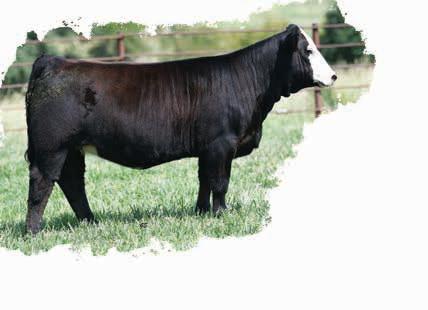


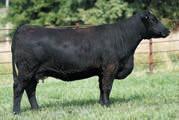


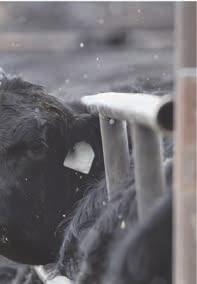






s I wrote this article, we have received our first snowstorm of the winter and my four little ones could not wait to throw on their snow pants and go play in the white stuff! Me on the other hand, not so excited about leaving the warmth and comfort of my office. It is because they are looking forward to joy and fun and I am dreading frozen waters and/or sick cattle. Either way, it is safe to say that winter is upon us!
Now to look at some of the market reports that we have been seeing in the barns. The fat cattle market has been on a hot streak for several weeks, until this past week, when we experienced a slight dip in the market. We have seen some highs in the mid to high forties, but these have been some extremes. Most cash cattle in the country have been trading at forty level or slightly higher the past couple of weeks. I expect there to be a few bumps in the road, but I expect
Well, the summer has slipped away from us, and we are in my fa vorite season of them all. I love the fall, the weather is perfect in my opinion, football season is here, and it is time to put up the crops and to wean the spring calves. I am not a fan of the season that comes next, but I am going to enjoy the next few months. Now to what we are seeing in the barns and markets.
We continue to see strong fat cat tle markets as numbers are short and will continue to be through the next year or more. Seeing most fat cattle brought in the mid to high 80’s while seeing several top and added value cattle brought in the low to even mid 90’s. We are at or have been at record setting prices and I am not sure how much higher we can go or if we can go much higher, but it all depends on what people will pay at the meat counter as packers have been taking losses over the last month or so and will be trying to break the market as much as they can.
this fat cattle deal to continue an upward trend going into the new year and into spring. How high we can go, that is the million-dollar question!

The higher fat cattle market is driving a higher price for the feeder cattle market as well, even with the higher feedstuff inputs. We have seen some front end big strings of 800 pounds bringing well into the sixties and some 600-pound cattle bringing into the seventies and eighties. Once again these are some extreme tops. We have been trying to fill up our own lots as fast as possible, as I am not sure the feeder cattle are going to get any cheaper. We have been able to find cattle at cheaper prices than that and so when we do projects they are in the black.
The cull cow and bull market has lagged the fat market, as from all reports there have been around six

Kirk Lynch, Lynch Livestock Inc., Waucoma, IA Kirk is the Beef Division manager for Lynch Livestock Inc. and oversees all aspects of their backgrounding and cattle feeding operations throughout Iowa and Kansas. He is also deeply involved in the newly reopened Humeston Livestock Exchange in Humeston, Iowa. In addition, Kirk and his wife Mary own and operate Heartland Simmentals in Northeast Iowa, which is a seed stock operation that consists of 500 registered Simmental and Angus cows. They have four children: Gabrielle (8), Brayden (7), Vivian (5), and Bianca (1).

Humeston, Iowa 641-877-6092

percent more last year, making supply of cows. down, which be into next year, cow and bull with the same market.
The breeding been up and cently, I heard commercial pairs $2,000 and then can buy all the I want for $1,200 are looking to now is the time reasonably priced with increased are going to be ply over the next Wishing everyone Christmas and
With the fat cattle market still on fire it has only added fuel to the feeder cattle market. Short numbers and some cheapening of feed inputs means we have seen a continued push upwards in the feeder
time.
Wishing everyone a great harvest and wonderful fall. If there is anything me or the guys at the barn can do for you, just give us a call!
-

Pat Realing, WY - "From a 67 year old guy in Wyoming the calf catcher is a life saver. Catch all calves by my self...works great. Calves and cows are much calmer." Bruce Rickertsen, NE - "Makes catching, transporting and tagging calves much easier and safer."


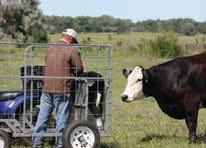





Illinois, 61049
If you happen to attend the NWSS in Denver, stop by my booth in the Yards to see my newest and final Denver piece, “Whispers in the Yards”!
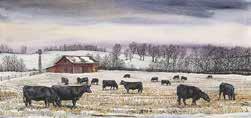


Angus junior members show in national Phenotype-Genotype Show in Grand Island, Neb.
Can something really be the best of both worlds? When it comes to evaluating phenotypes and genotypes of cattle, there is a show that looks for the answer.
The Phenotype-Genotype Show, or PGS for short, asks judges to evaluate cattle based on looks and expected performance through EPDs. In its fourth year at the National Junior Angus Show (NJAS), the PGS slowly, but surely grows.
“Part of the Phenotype-Genotype Show is providing juniors an educational opportunity to learn about EPDs and $Values as part of the process in selecting seedstock,” said Caitlyn Brandt, American Angus Association® director of events and junior activities. “The PGS brings the selection of an animal for the show ring full circle.”
The first PGS held at the NJAS was in 2020 during the COVID-19 pandemic, and 76 exhibitors entered. By 2023 for the NJAS in Grand Island, Nebraska, numbers rose to 100 exhibitors.
Oklahoma junior Gage Long has participated in all four of the National Junior Angus Shows that have had a PGS and the Eastern Regional Junior Angus Show’s PGS several times, and this year he exhibited the grand champion female in the national PGS.
“The grandma to this heifer that won here, she was a division winner at the Eastern Regional,” he said, explaining the lineage. “Then this heifer’s mom was the first PGS winner at nationals.”
The banners and recognition are nice, but Long said he enjoys the show’s added emphasis on production and the teamwork he experiences with his family.
“I like being able to breed them, see the numbers and how it all shakes out,” he said. “It’s a team effort on everything. It takes all of us at home to get them ready, to breed them, halter break them and get them clipped up and everything for the show.”
He sees himself in the seedstock business long-term and said he finds the aims of the PGS are well-aligned with his herd goals. Both of Long’s heifers at the 2023 NJAS were also shown as bred and owned.

“We’ve always been doing this, aiming for the numbers and trying to get production out of them,” Long said.
Other juniors identify with this as well and are attracted to participating. North Carolina junior Maddie Carpenter is one such member. She says the PGS is a better match for her and her family’s herd strategy than typical shows.
“We want to make sure that they have the structure, the look in the show ring, and that they can also produce,” Maddie said.
She first became involved with the PGS program when North Carolina hosted the Eastern Regional show in 2021. She then went to NJAS to watch a PGS show and compete in some of the contests without cattle. In 2022, Carpenter was all in, showing at the Eastern Regional PGS and the NJAS’s PGS in Kansas City.
“Before the PGS, we would normally just pick the prettiest one, even if it didn’t have good (EPD) numbers,” she said. “Now that we’re more involved with the PGS, we do take and print out all of the heifers’ numbers and we will mix looks with the best numbers. The look does play a lot into it, but the judges want to see the numbers as well.”
Both of Carpenter’s heifers benefitted from the inclusion of genotype placings during the show.
“One of my heifers placed third in genotype and third in its class, and she was sixth or seventh in phenotype,” she said. “That was super rewarding. Not only did you put time into her to make her look
Judge Joe Myers of Kentucky gives reasons during the grand drive for the Phenotype-Genotype Show at the 2023 National Junior Angus Show in Grand Island, Neb.



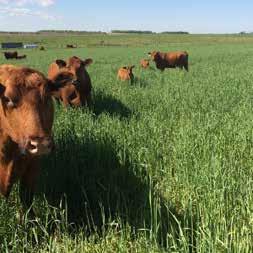









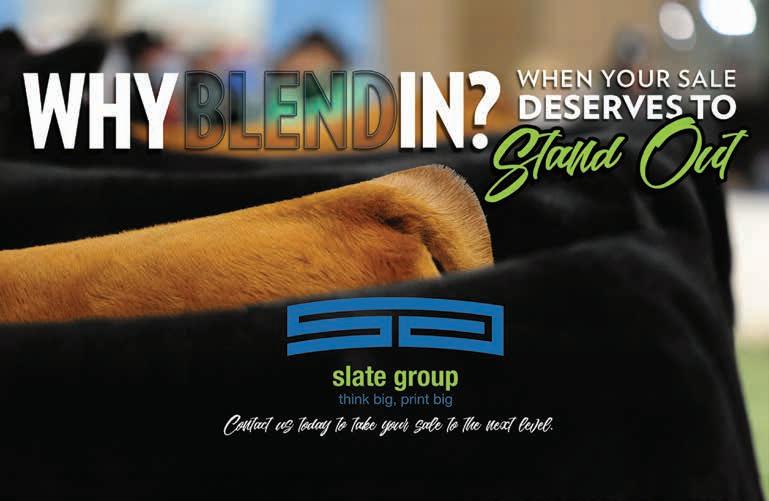
pretty, but she also had something behind her to tell the judge she’s good, and she’s going to go home and make a good cow.”
Carpenter takes an active role in helping with herd management, learning all that she can. Although, she cannot show her females as bred and owned because the cattle are registered in her grandpa Bruce Shankle’s name, she said she likes the change to highlight bred and owned winners at this year’s show. When she saw the announcement about the addition to select bredand-owned champions during the PGS, she immediately called her grandpa to share.
“It’s a good way to showcase the work that you’ve put in,” she said. “Most of the PGS winners this year were actually bred and owned heifers, and I think that’s awesome because they’re getting to show and make sure everyone knows it’s from your cow.”

With the show being a newer addition to the Angus junior pro -
grams, American Angus Association® board member Mark Ahearn, who serves as the junior advisor to the National Junior Angus Association board and chairman of the activities committee, finds himself answering an increasing number of questions about the PGS.
“We’re getting more and more interest, and what I think is positive is we’re getting more questions,” he said. “During show week I had people stopping me in the barns and asking about it.”
He said facility and staff challenges come with the addition of a second ring, used to hold the PGS, but he remains optimistic.
“I think we’re prepared to expand this in the future if interest continues,” Ahearn said. “I envision in the next few years, we’re going to capture a whole other group of juniors that are going to be excited to show in this.”
– Written by Sarah Kocher, Angus Communications




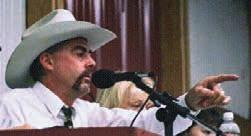





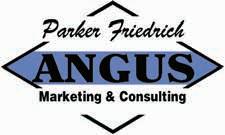

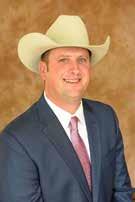



Blevins
Blue
Linz
Lowderman
Slate
Soaring
Star
Stockman

Studer
The
The
Millborn
Top
Volk
Voss
The Stockman hereby expressly limits its liability resulting from any and all misprints, errors and/or inaccuracies whatsoever in the advertisement and editorial content published by The Stockman and its said liability is here by limited to the refund of the customer for its payment for said advertisement, or the running of the corrected advertisement, or editorial notice. Notification by the customer of any error must be made within 30 days of the distribution of the magazine. Advertising copy received after the deadline may not be returned for proofing. Changes to advertising copy made after the deadline date will be allowed only if time permits, and will incur the appropriate charges according to time and materials involved in the changes. The opinions or views expressed in the editorials are those of the persons interviewed in the article and not The Stockman magazine. The Stockman does however reserve the right to edit or refuse all material which might be objectionable in content. No material or part thereof may be reproduced or used out of context, without prior specific approval of a proper credit to The Stockman


About the Stockman.
I am a fourth generation Shorthorn breeder. My greatgreat grandfather imported Shorthorns from Russia in the late 1800s. I have continued the family tradition with my wife, Melissa, and my son, Jaxon, along with my daughter, Samantha, and son-in-law, Jake Nikkel. Jake and Sammi were married this past May and we now have joined both family operations to form Schrag-Nikkel Show Cattle and have facilities in Marion, S.D., and McPherson, Kan.”
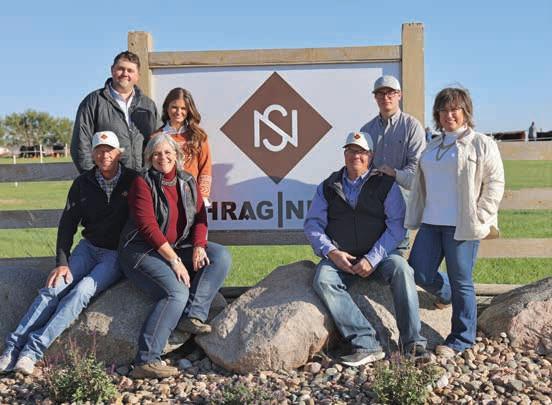
Describe your best day.
Best day is sale day. It’s always so great to see the barn full of old customers as well as new young families that are just starting their junior career.”
The most important lesson you’ve learned in this business?

Can’t let the bad days get to you. This business has its ups and downs and there is always a brighter day just around the corner.”

Which animal (any species) has left the greatest impact on you?
No doubt, one of my personal favorites is the Shorthorn bull, Dunbeacon Venture. I had the opportunity to serve as the American Shorthorn Ambassador to Australia in 1993 and lived there for six months. While I was there, I found a bull calf that I fell in love with. We worked out a deal and imported the live bull from Australia. At the time, that was the first live importation of a Shorthorn bull to the United States since 1972. Dunbeacon Venture turned into a tremendous breeding bull and left the breed with some outstanding females. His influence is still evident today.”
Schrag-Nikkel Show Cattle of Marion, S.D.
What is the most used tool on your farm? How old is it?
My favorite tool is an old tamp rod for setting posts. I used the same one when I was a kid, and I just can’t believe that I haven’t lost it in 40 years!”
What about the beef cattle industry excites you the most?
The families that we have the chance to work with and seeing their excitement to become involved in the breed and accomplish success for themselves.”
Your favorite non-farm activity to do in your free time?
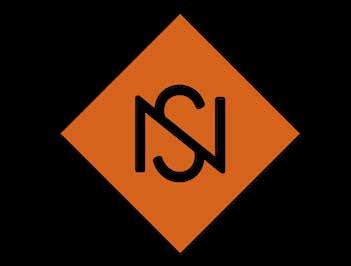
Love watching the Minnesota Twins (if they win).”
What is your least favorite job on the farm?
Calving season night checks and frozen waterers.”
Your go-to sorting apparatus?
An old, bent show stick.”
learn more schragnikkelshowcattle.com
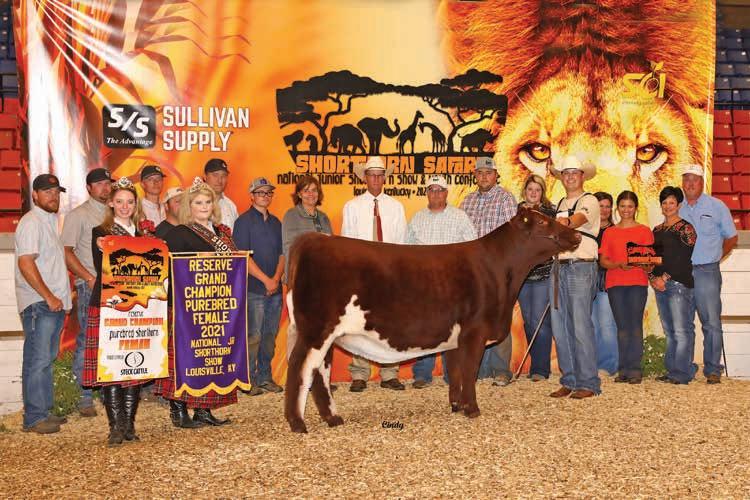
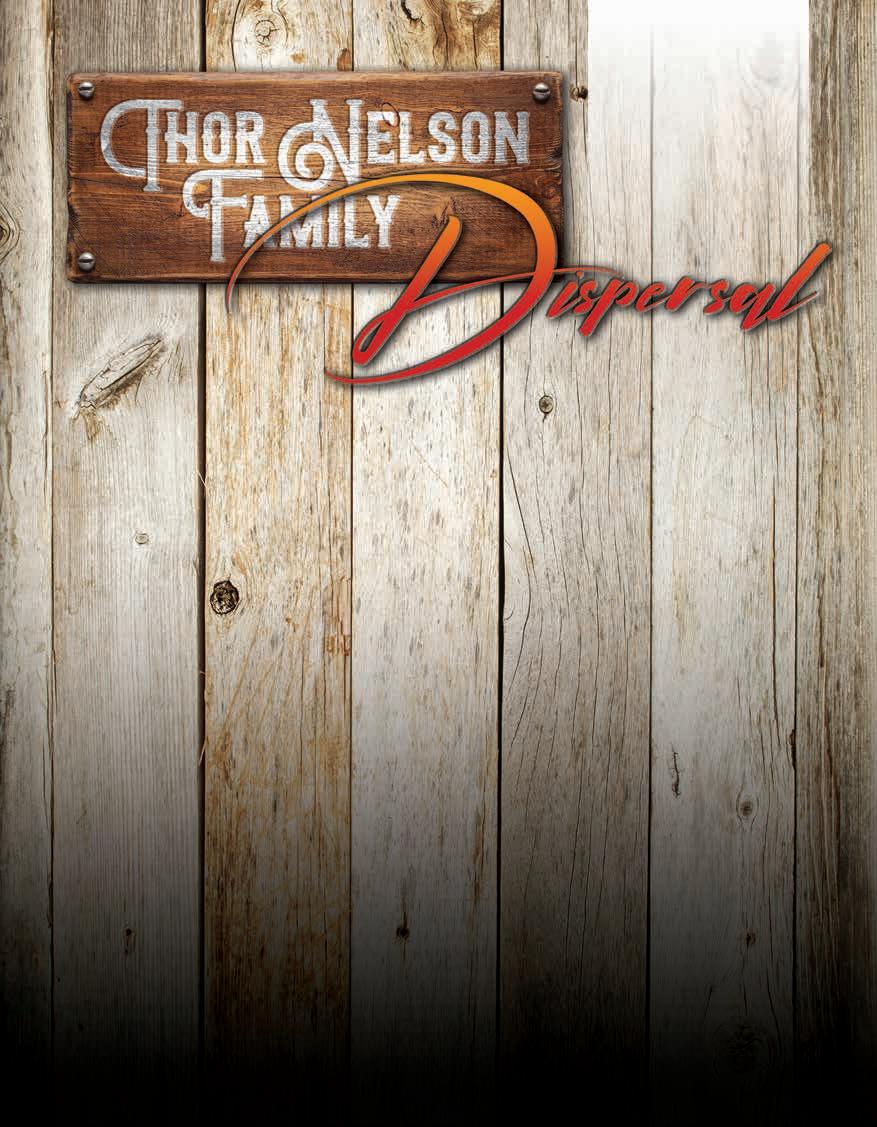


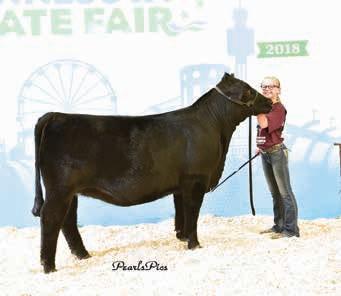



GUEST CONSIGNORS Black Diamond Genetics 217-433-0242

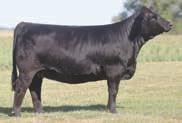

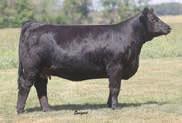

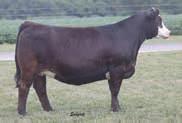

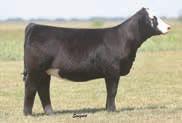

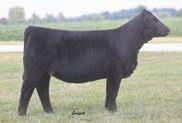


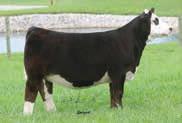

Hillstown Farms 618-978-0531
JR Simmentals 217-248-8447
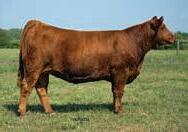

Fox Creek Cattle
618-843-3276, Travis
618-553-8865, Brock
Jeff and Justin Lewis
217-251-2400, Jeff
217-251-5020, Justin Russell Land and Cattle
618-262-6509
Richie Show Cattle
815-263-0615, Derek Travis Farms
618-843-5264
Huenefeld Simmental Farms
402-764-0981, Matt 815-238-6641, Steve Rincker Cattle Company
646-717-2659, Cari
AUCTIONEER
Duane Stephens 812-887-1523
SALE STAFF
Dan Naughton 217-304-6502
Austin Rincker 217-825-5248
Zach Rincker 217-690-6845
Rob Neikirk 618-839-3143
SALE CONSULTANTS


Roger Allen 715-684-9222
David Guyer . . . 812-243-1676
Larry Martin . . . 217-433-0242
Greg Miller 608-778-8785
Doug Parke 859-421-6100
Drew Hatmaker 423-506-8844
Ryan Haefner 815-499-0522
Adam Swigart 309-826-3809
Brandon Rutledge 217-369-6729
Emily Ivey . . . . . 865-254-2998
Curt, Pam, Brent, Cari, Jace & Raelynn
Home: 217-774-5741 | Curt: 217-871-5741

Brent: 217-246-3550 | curt@rincker com
Bid online at CCI.Live
VIEW SALE DETAILS AND REQUEST A CATALOG AT: RINCKER.COM | ILLINIELITESALE.COM






